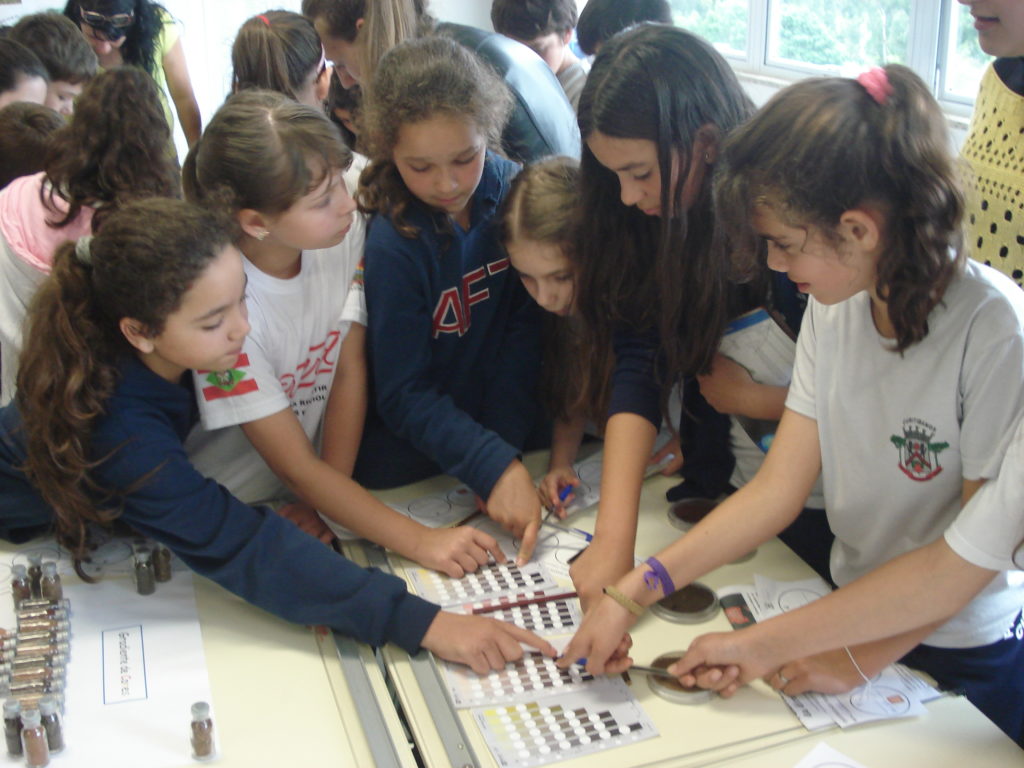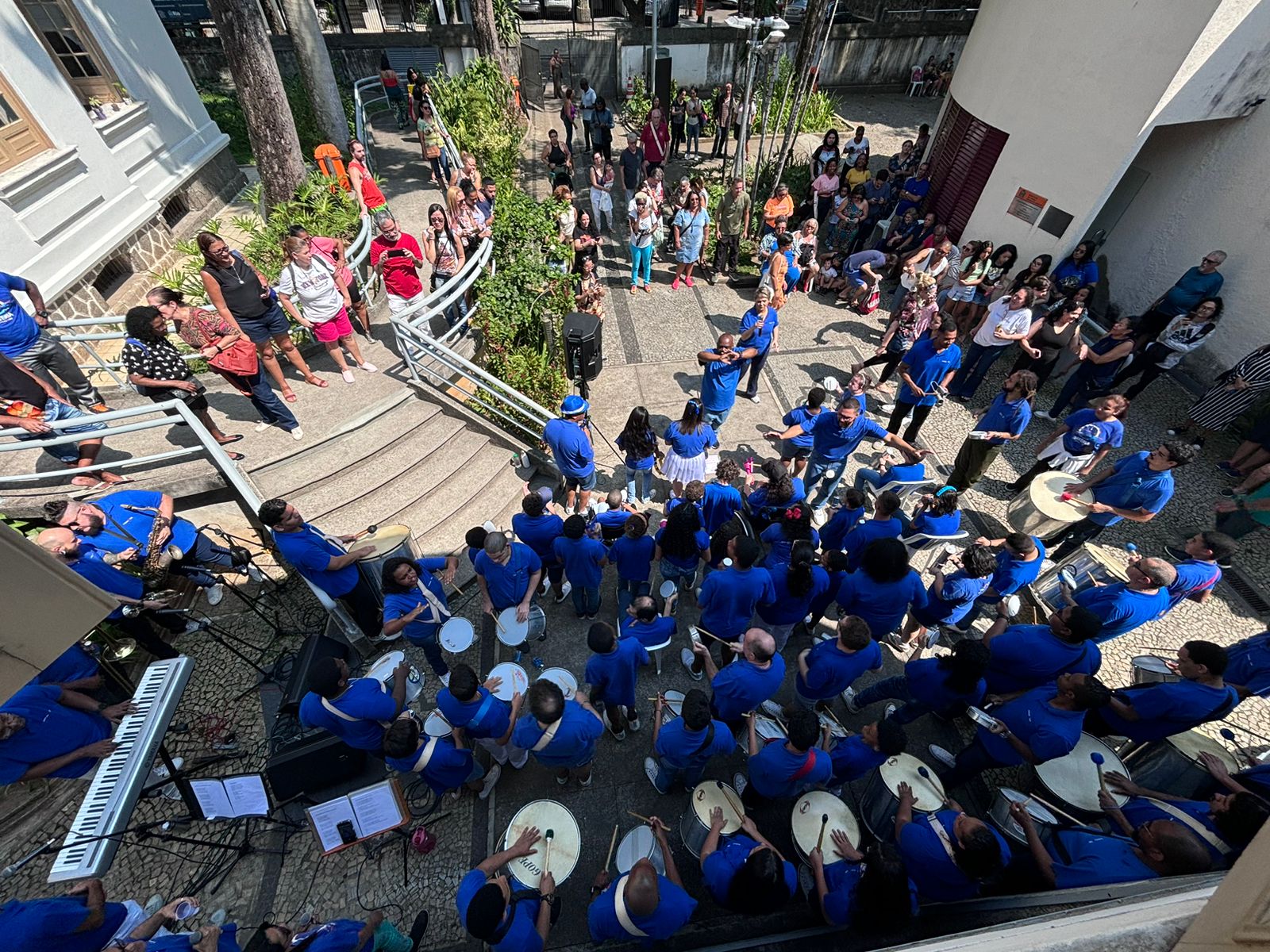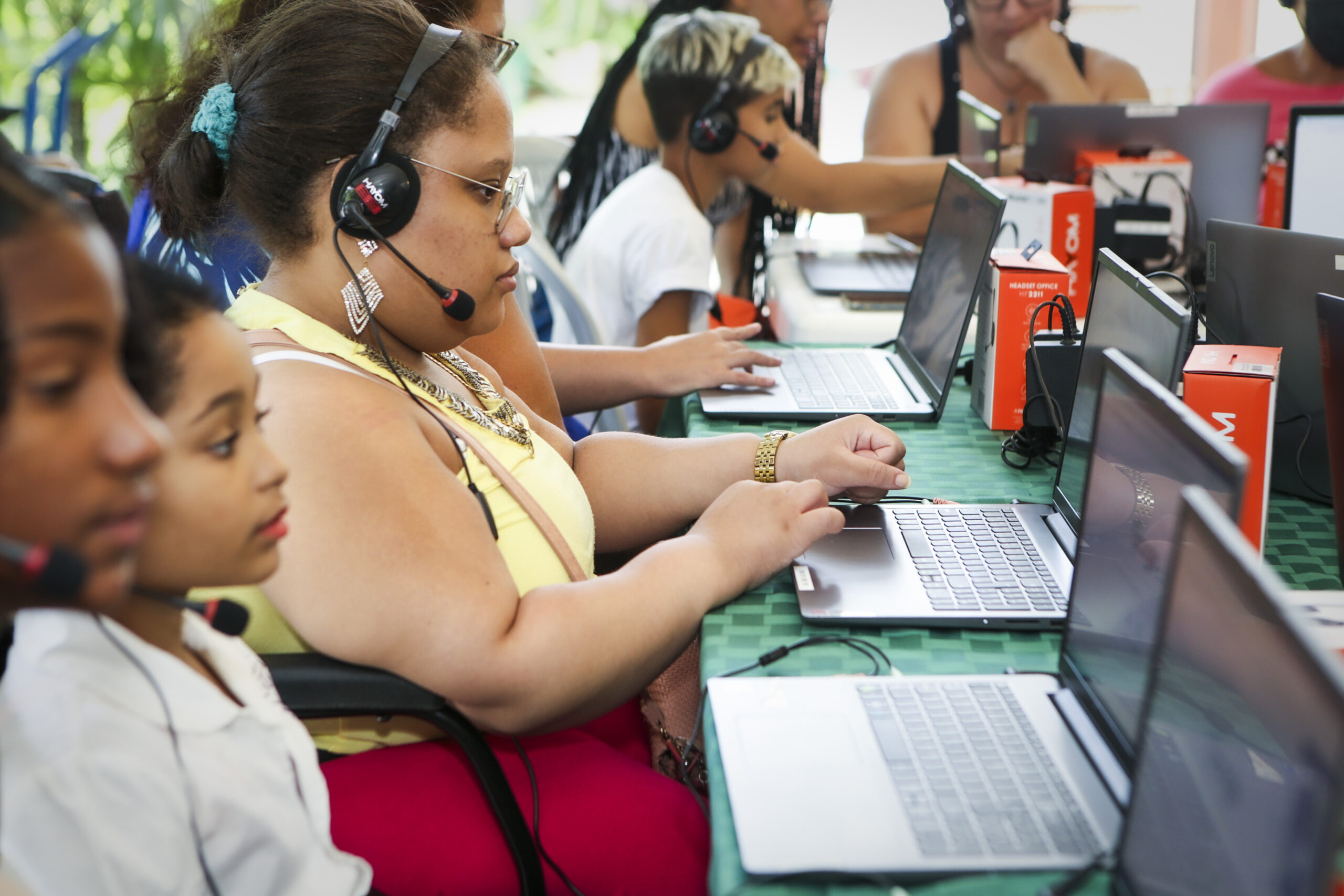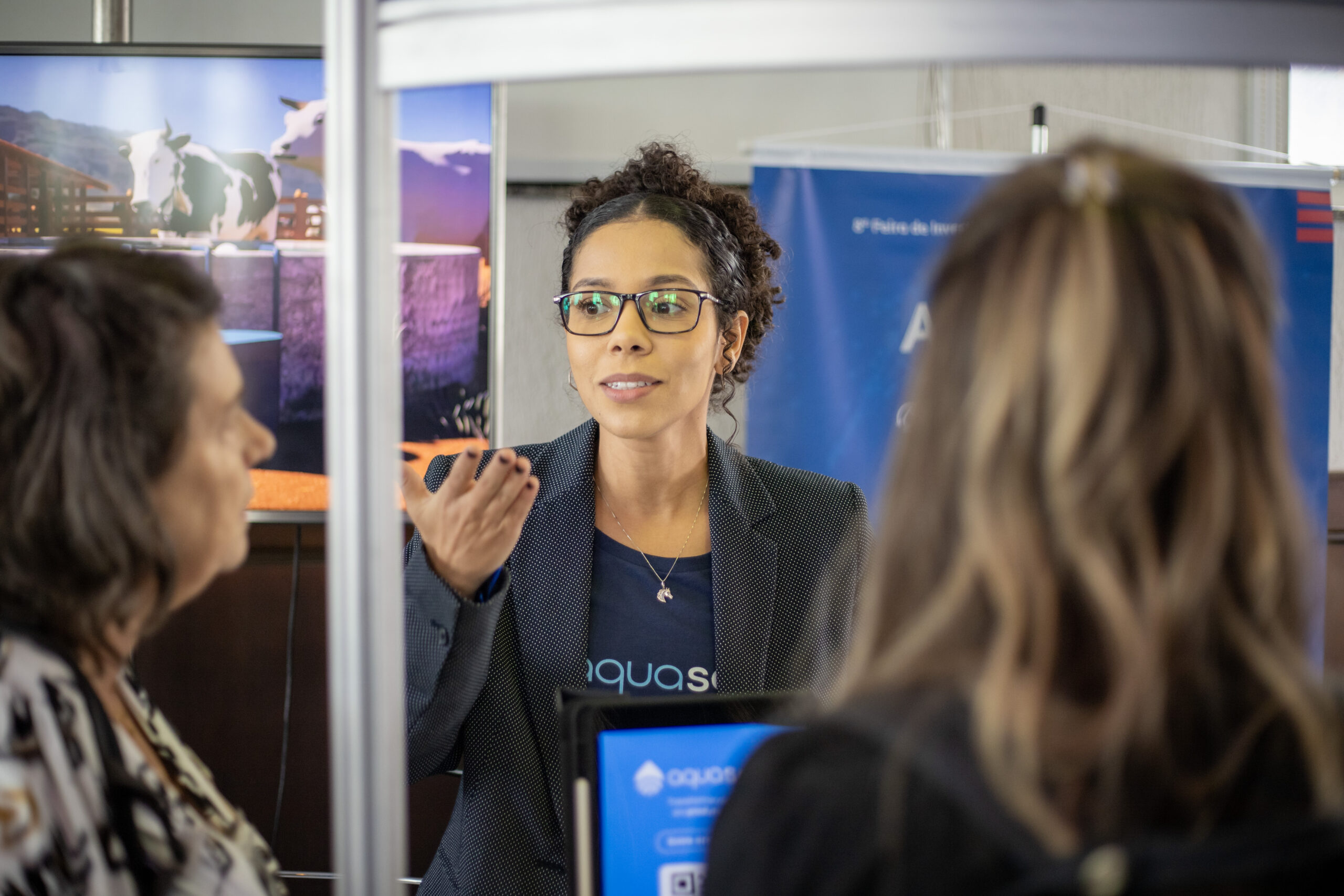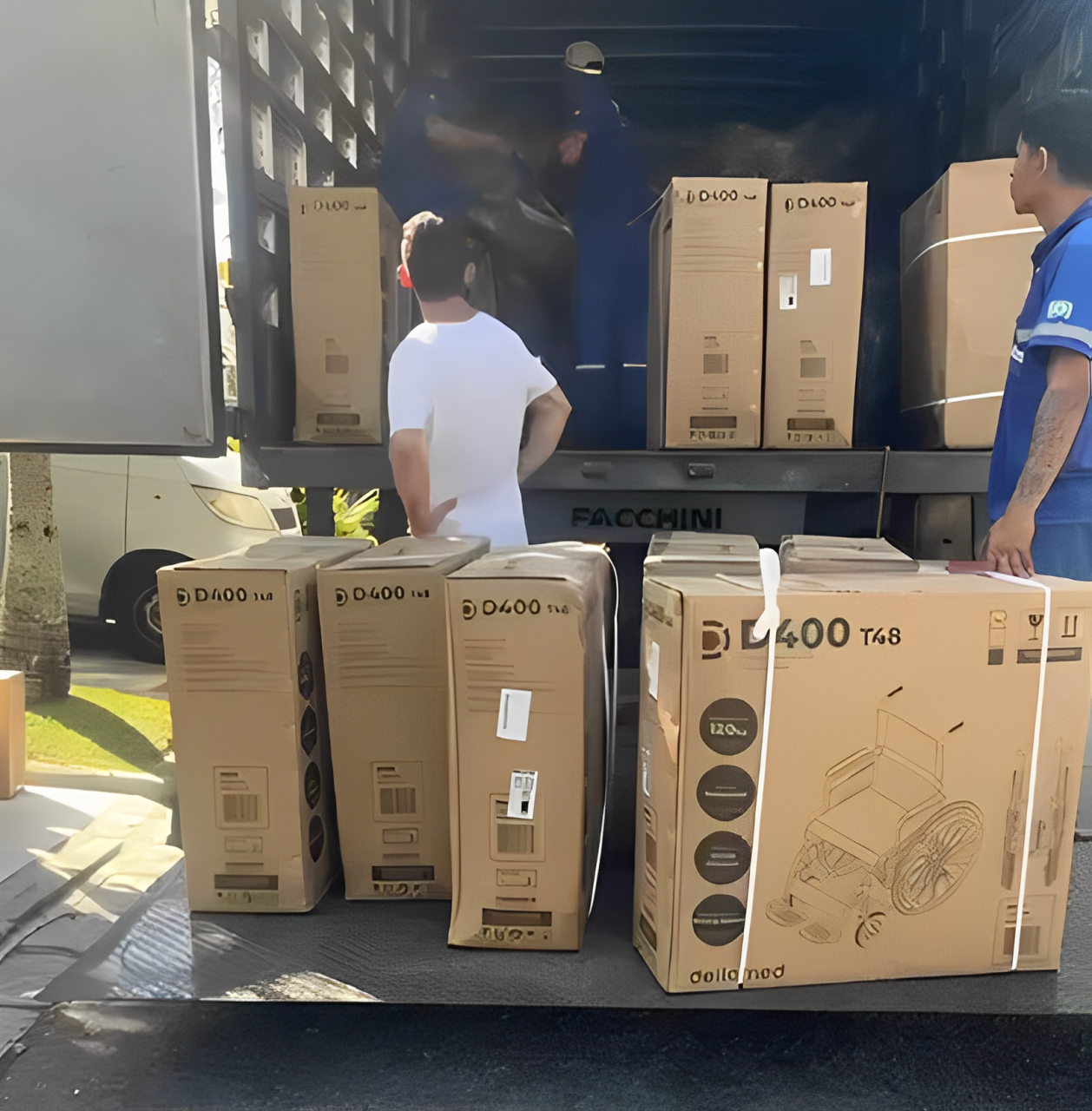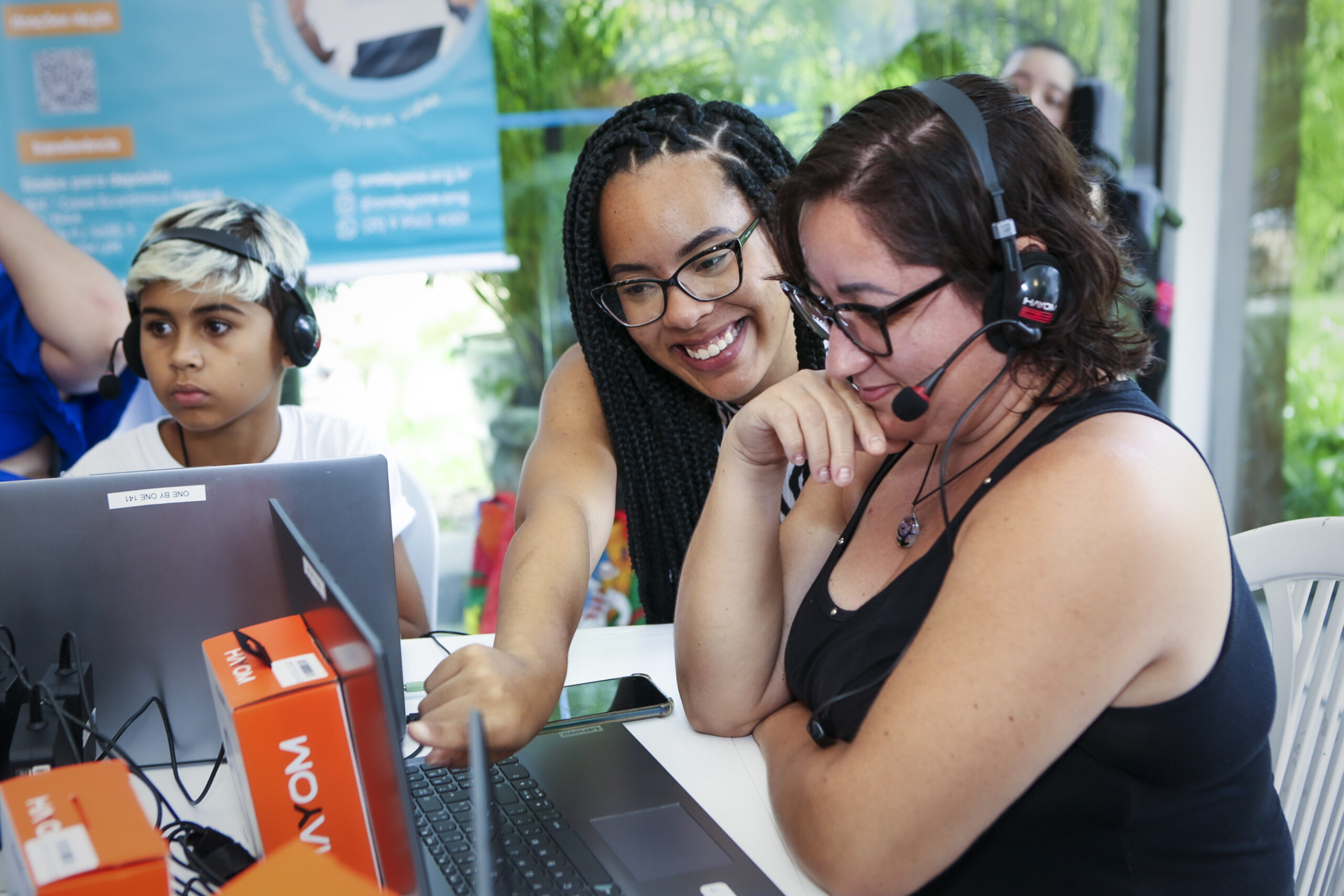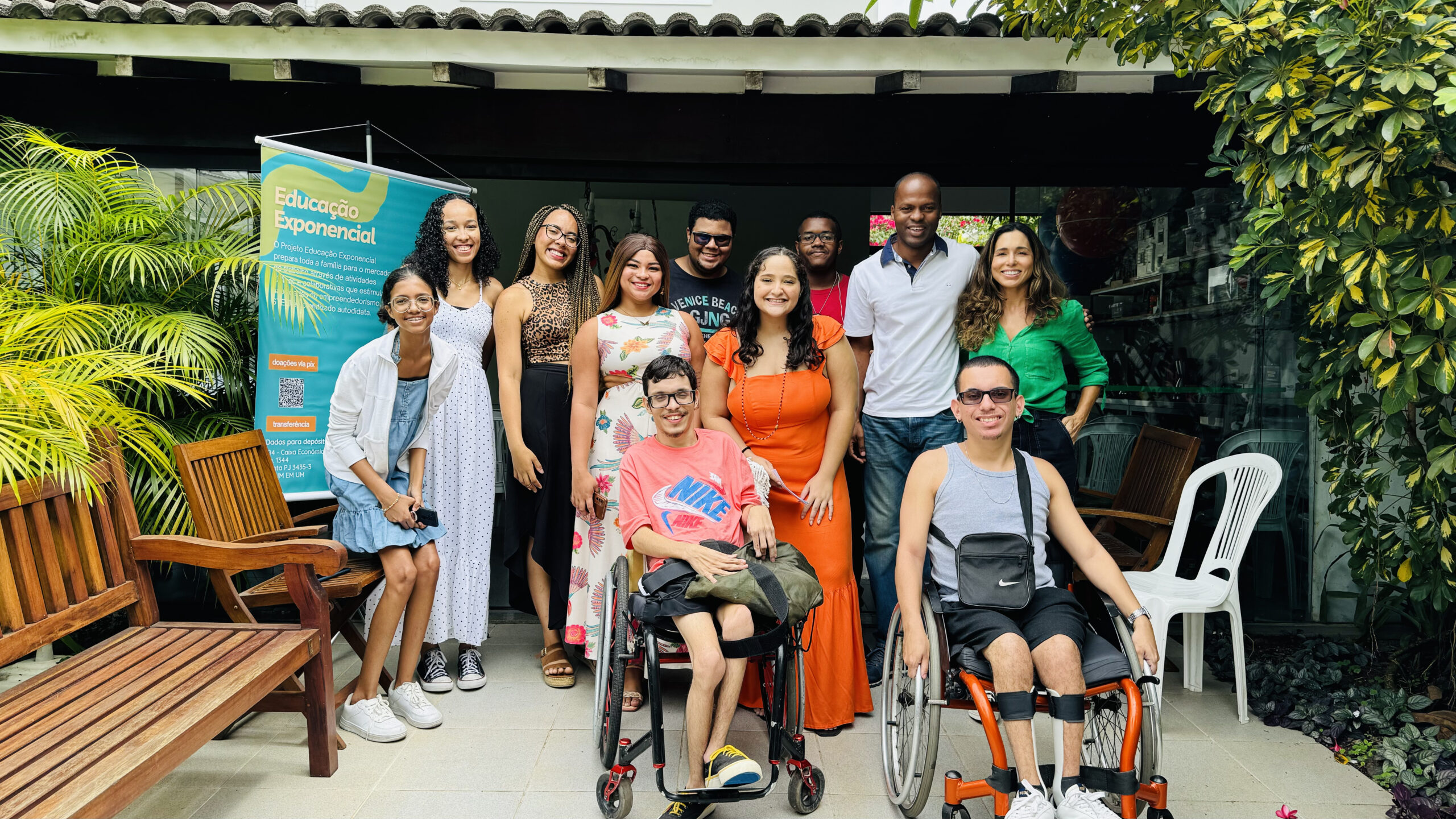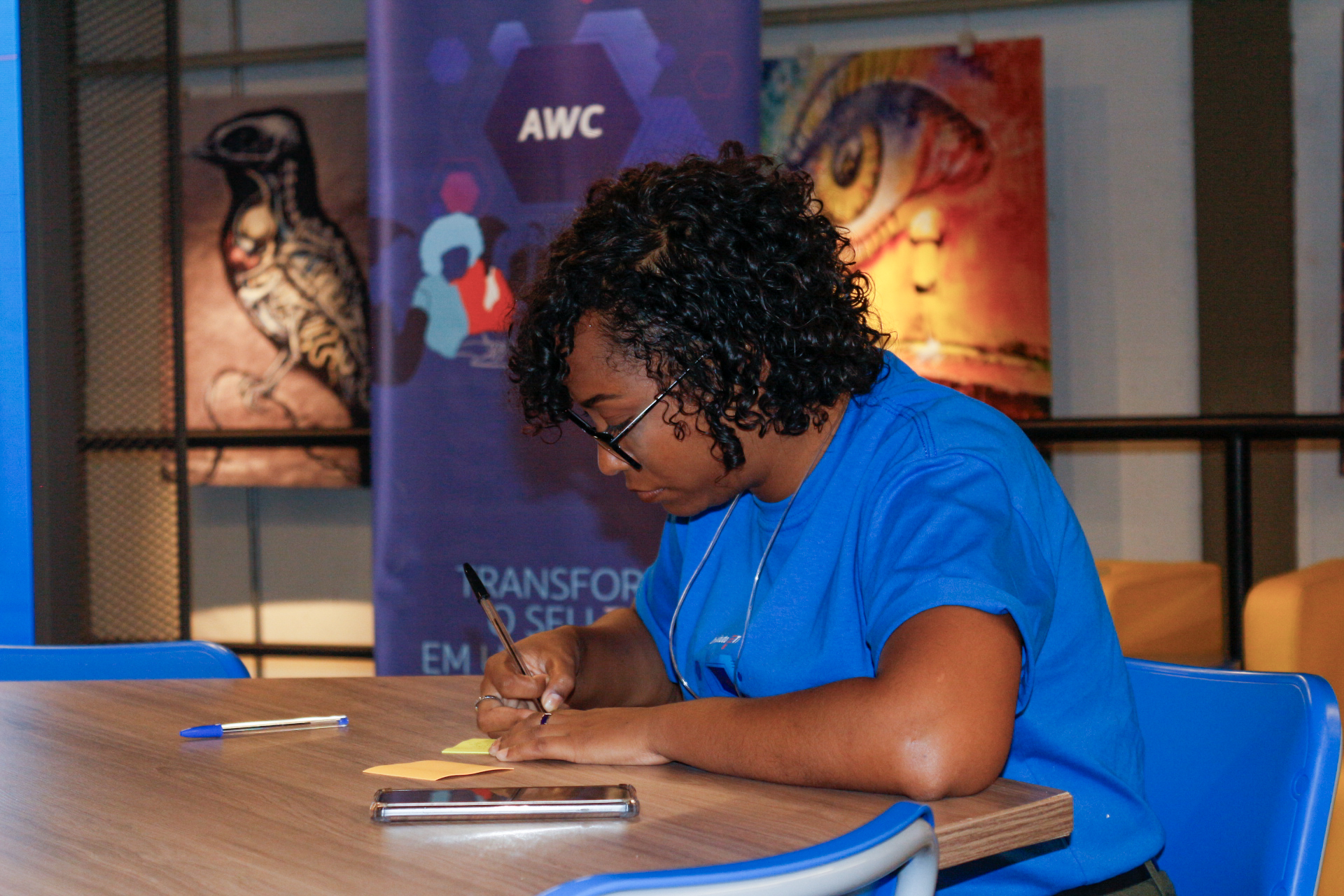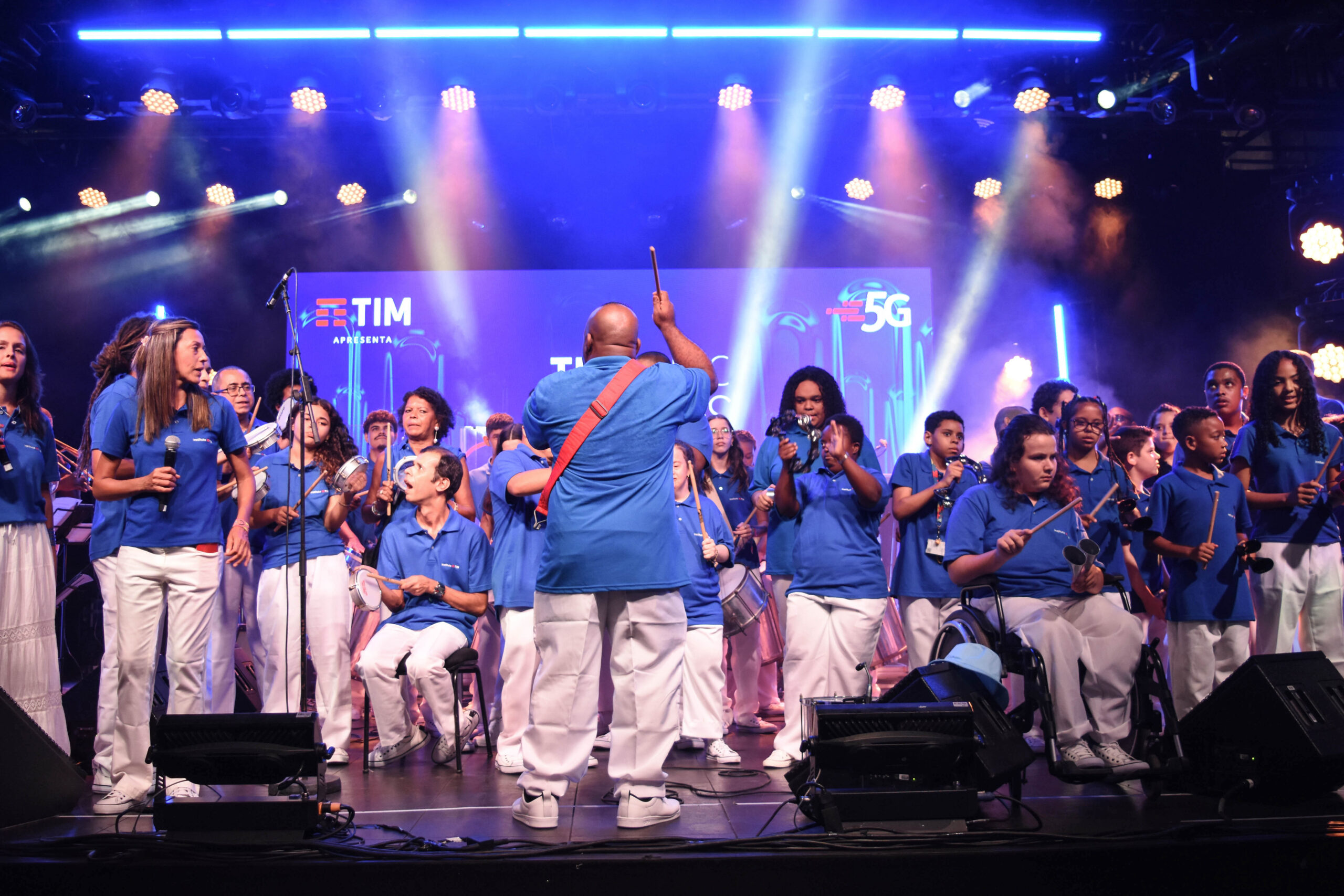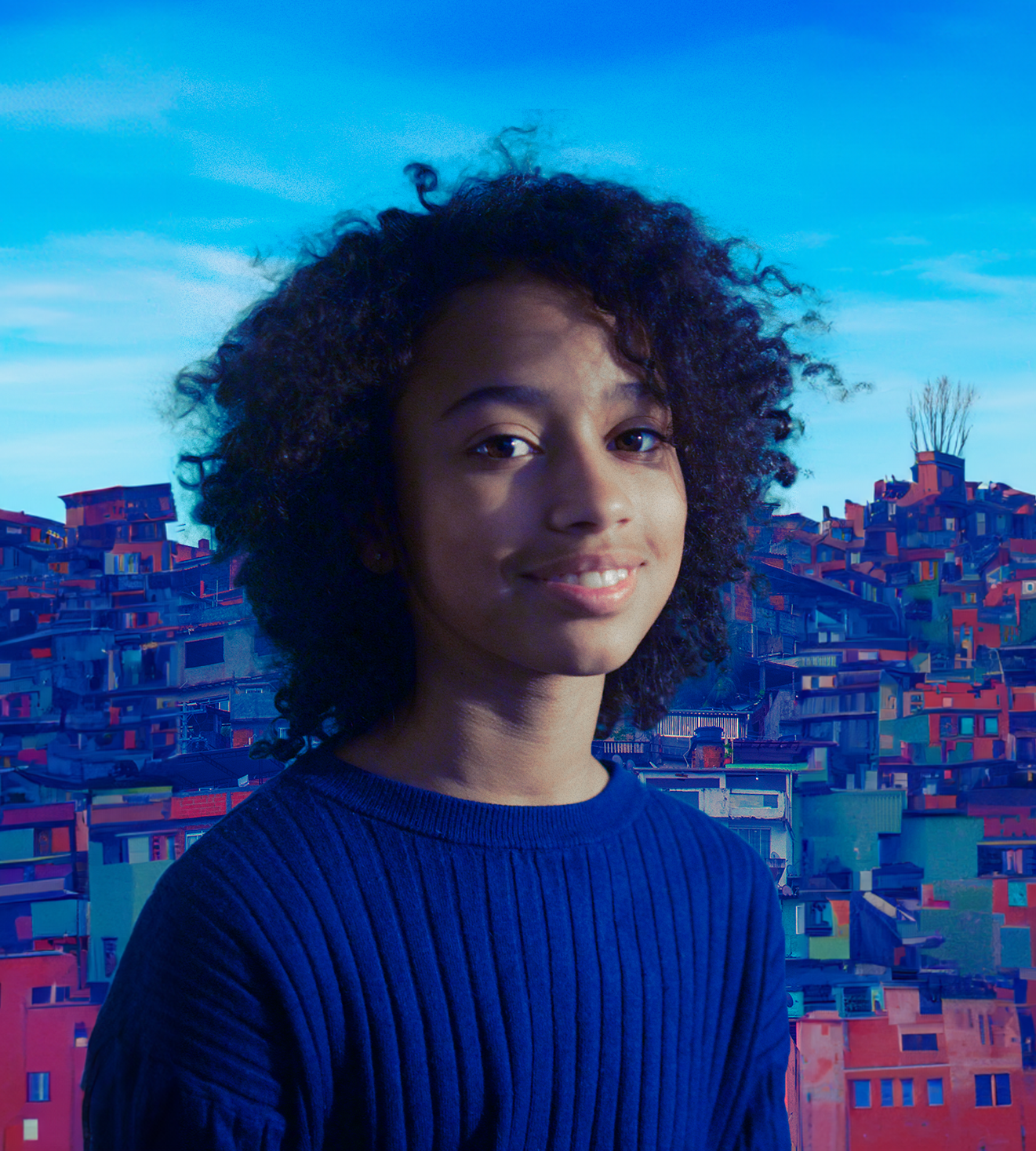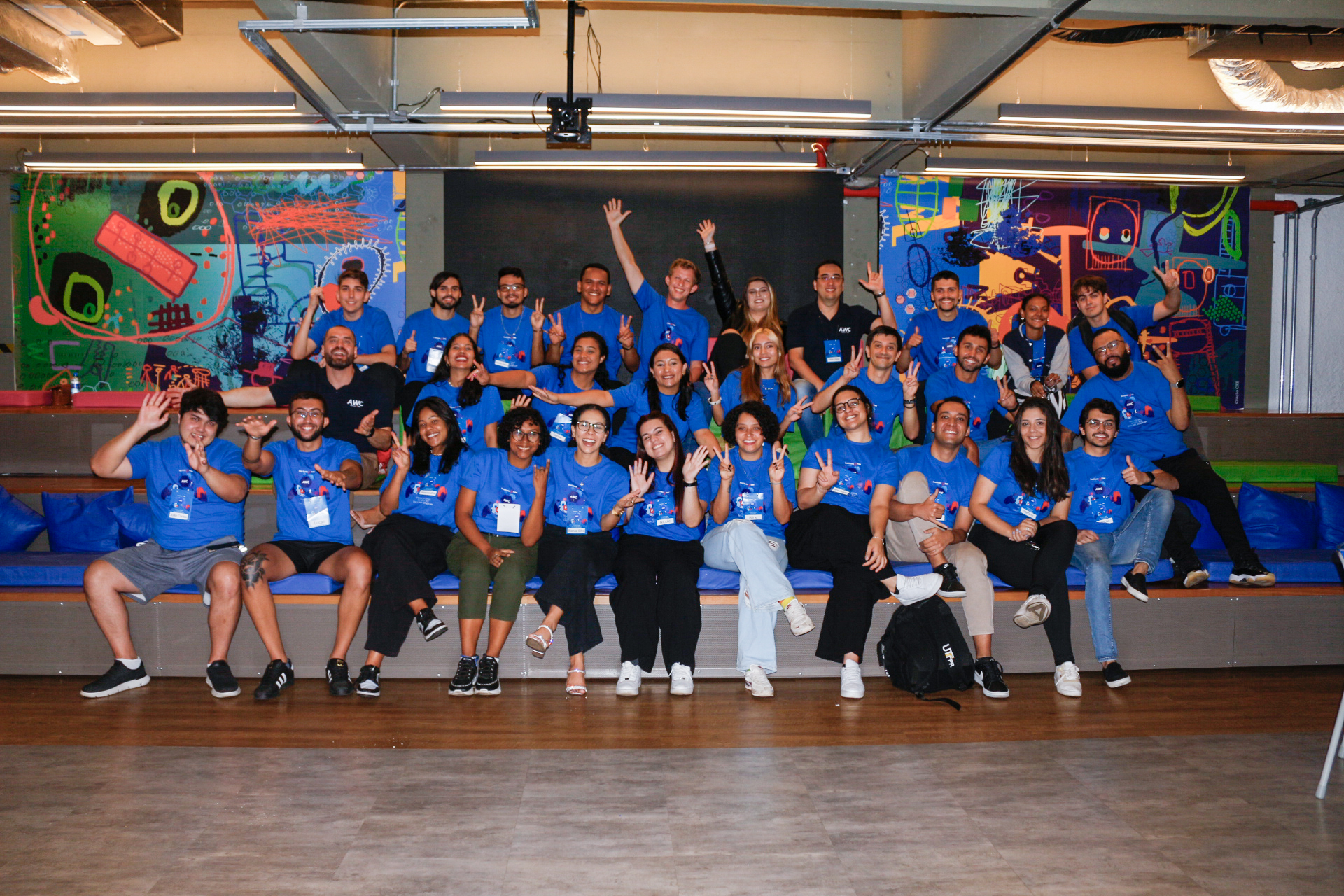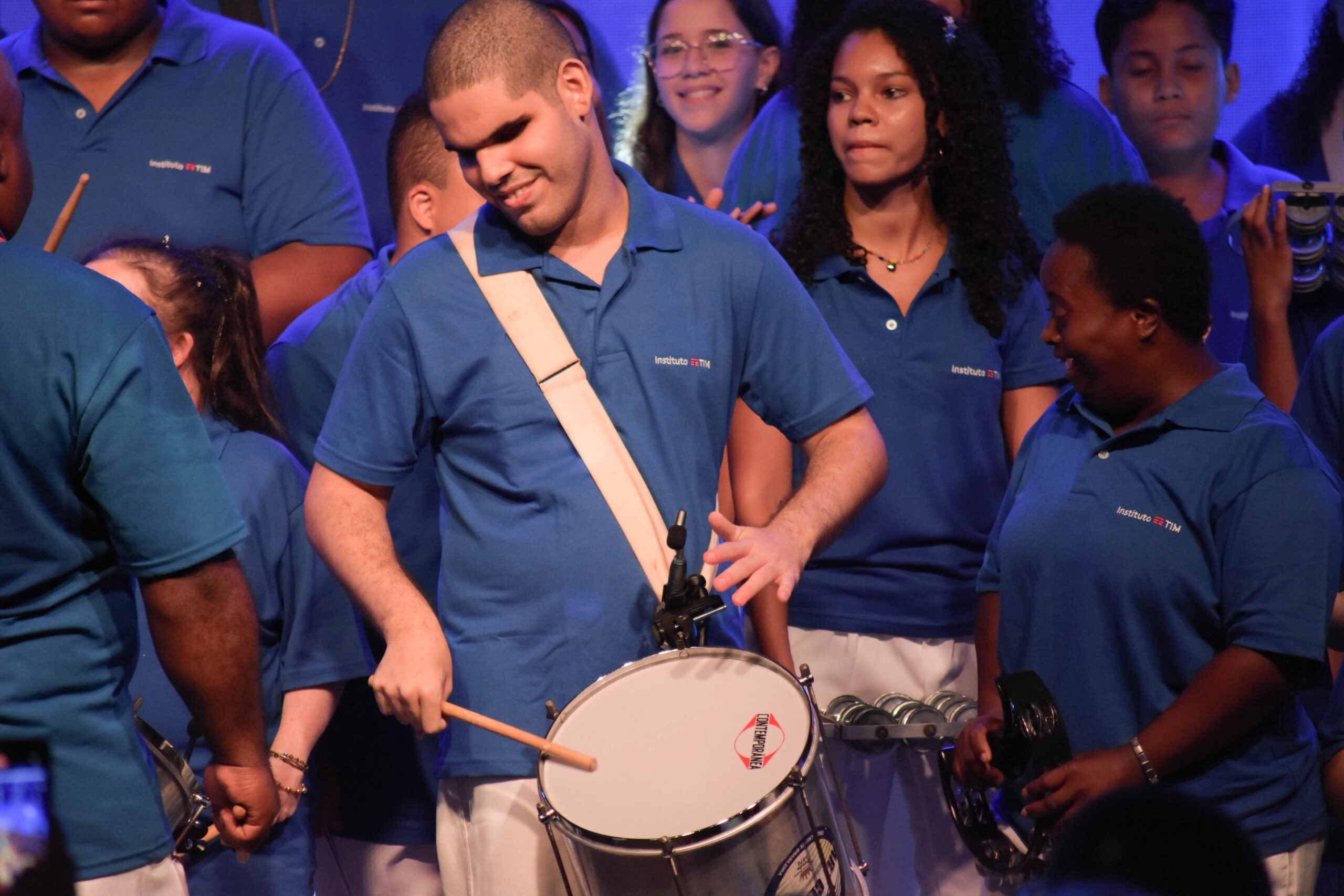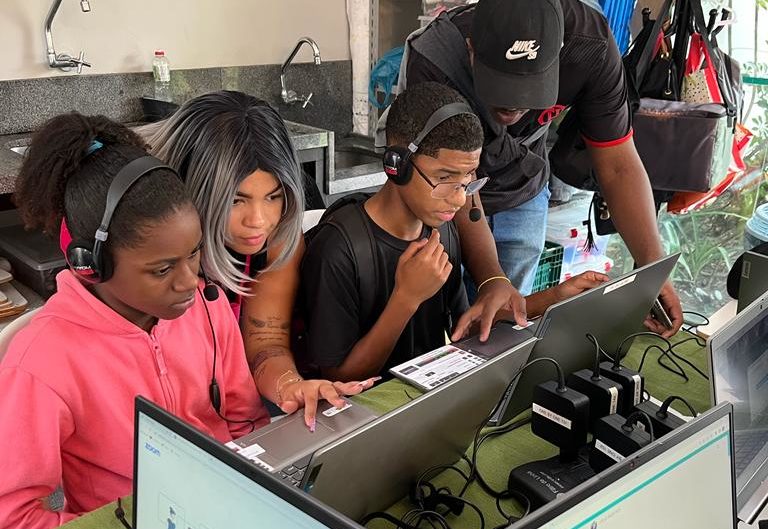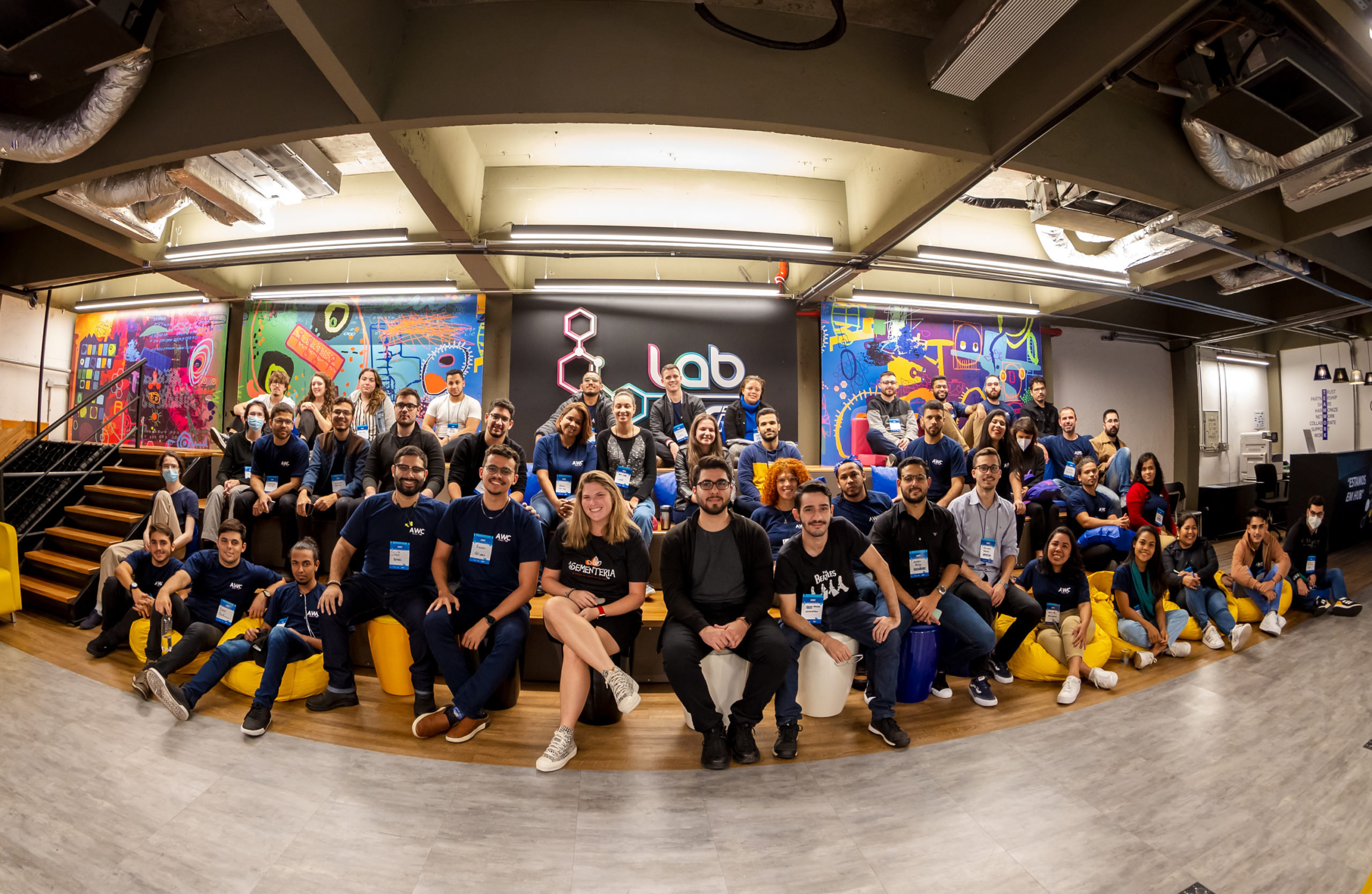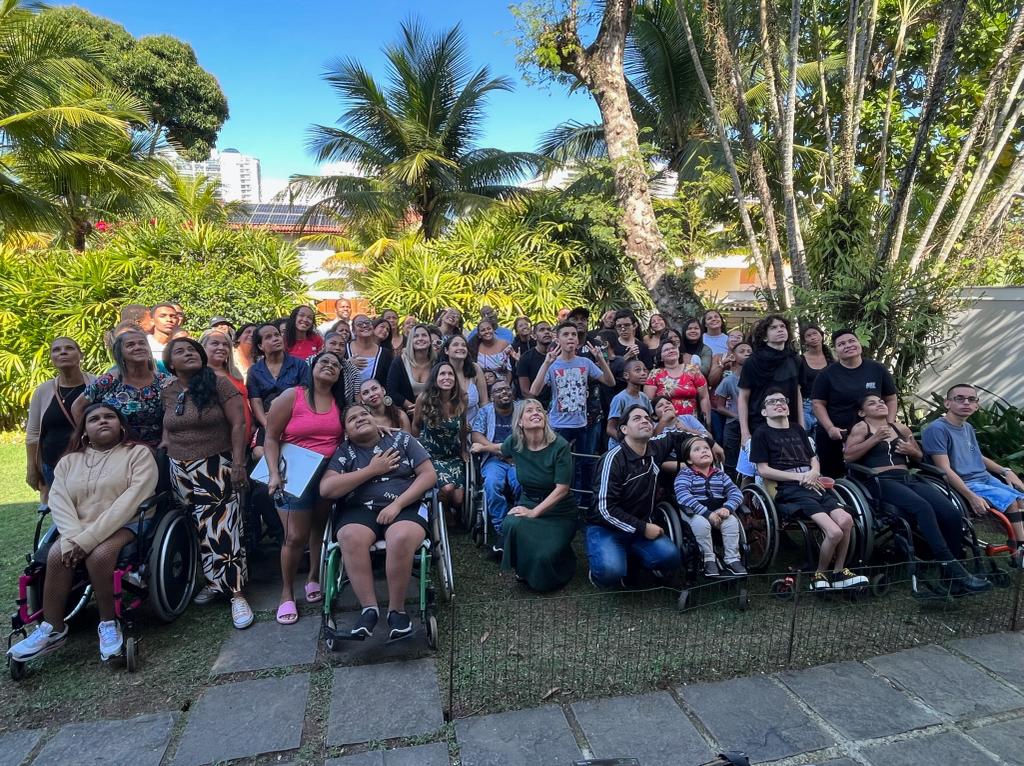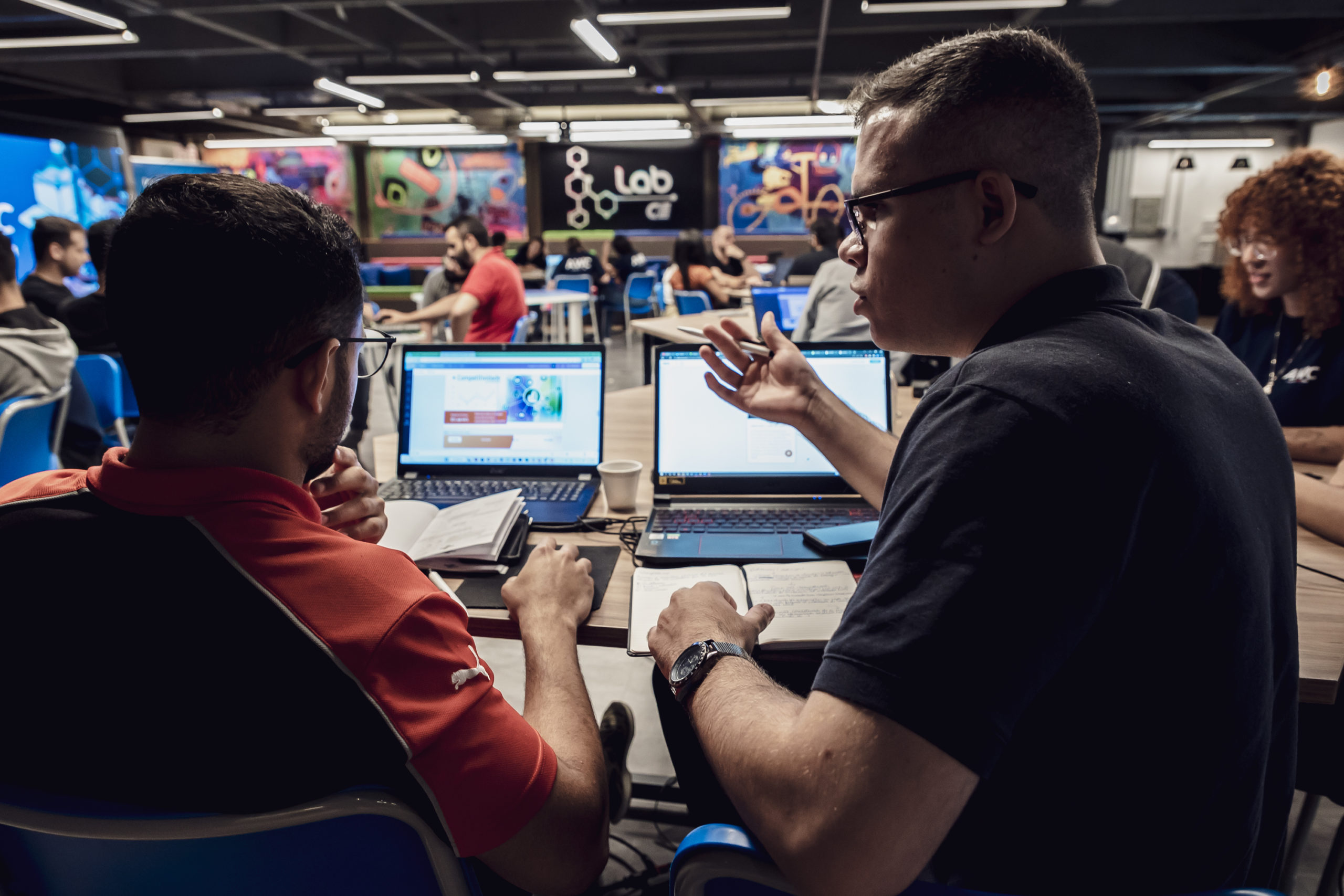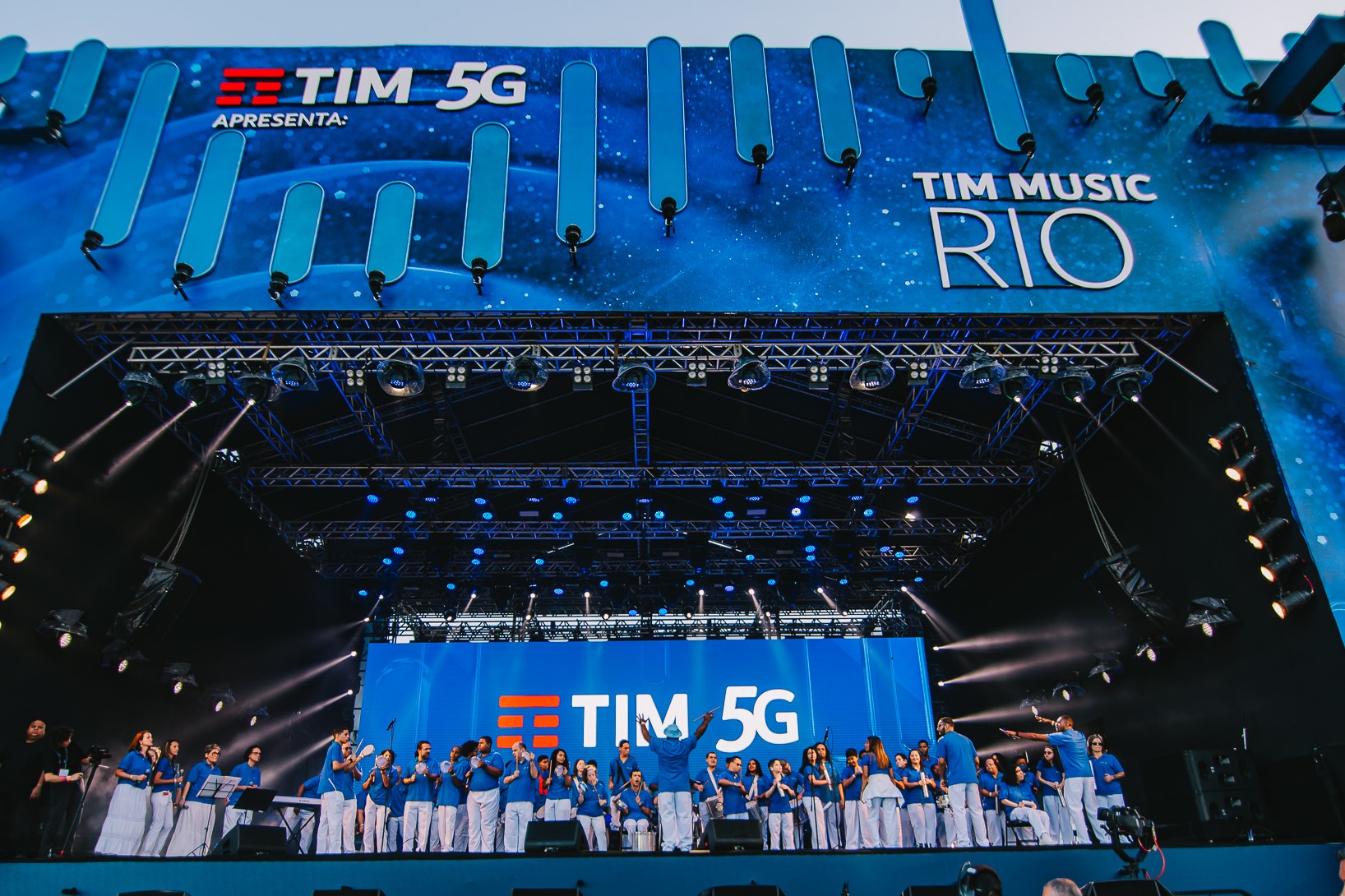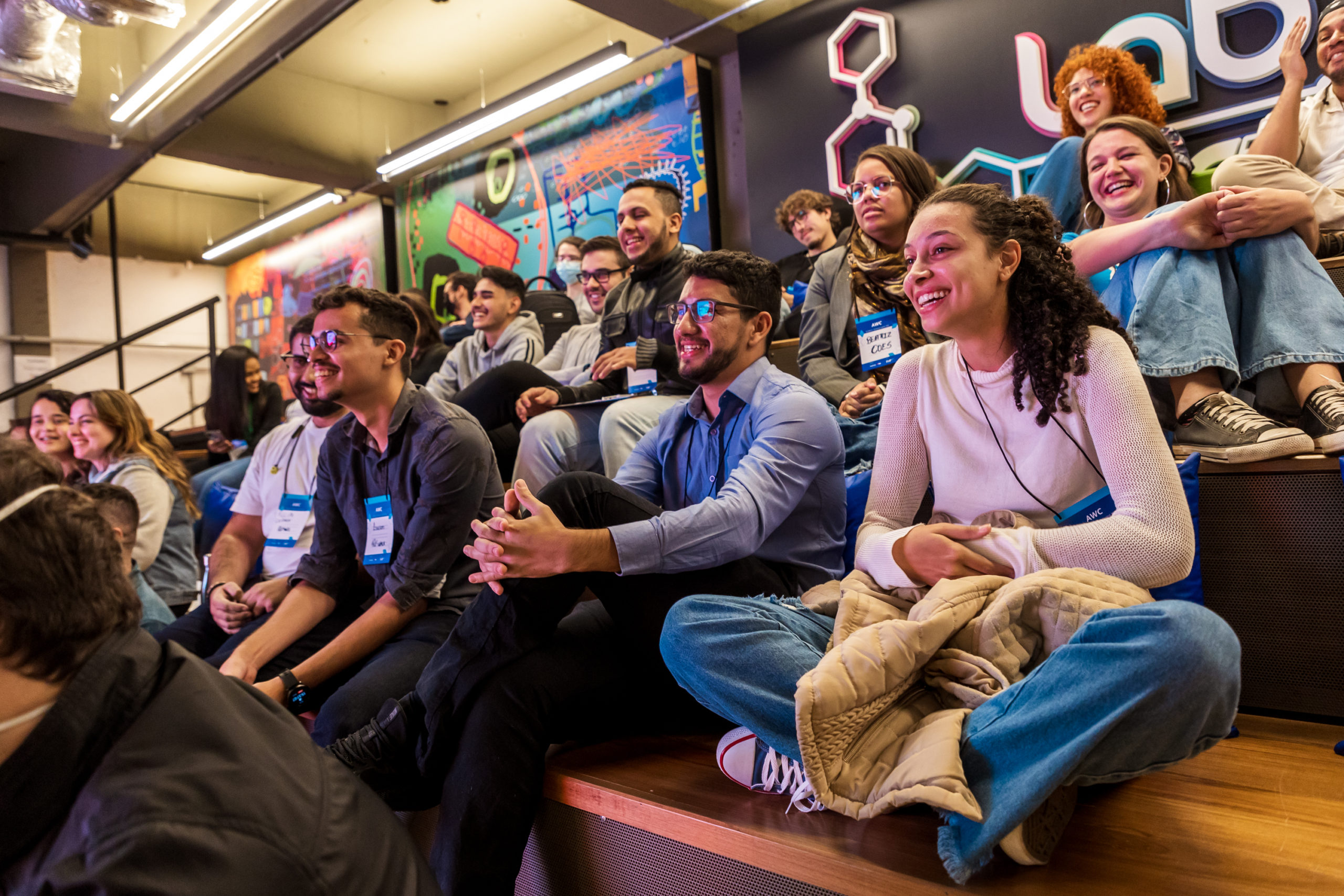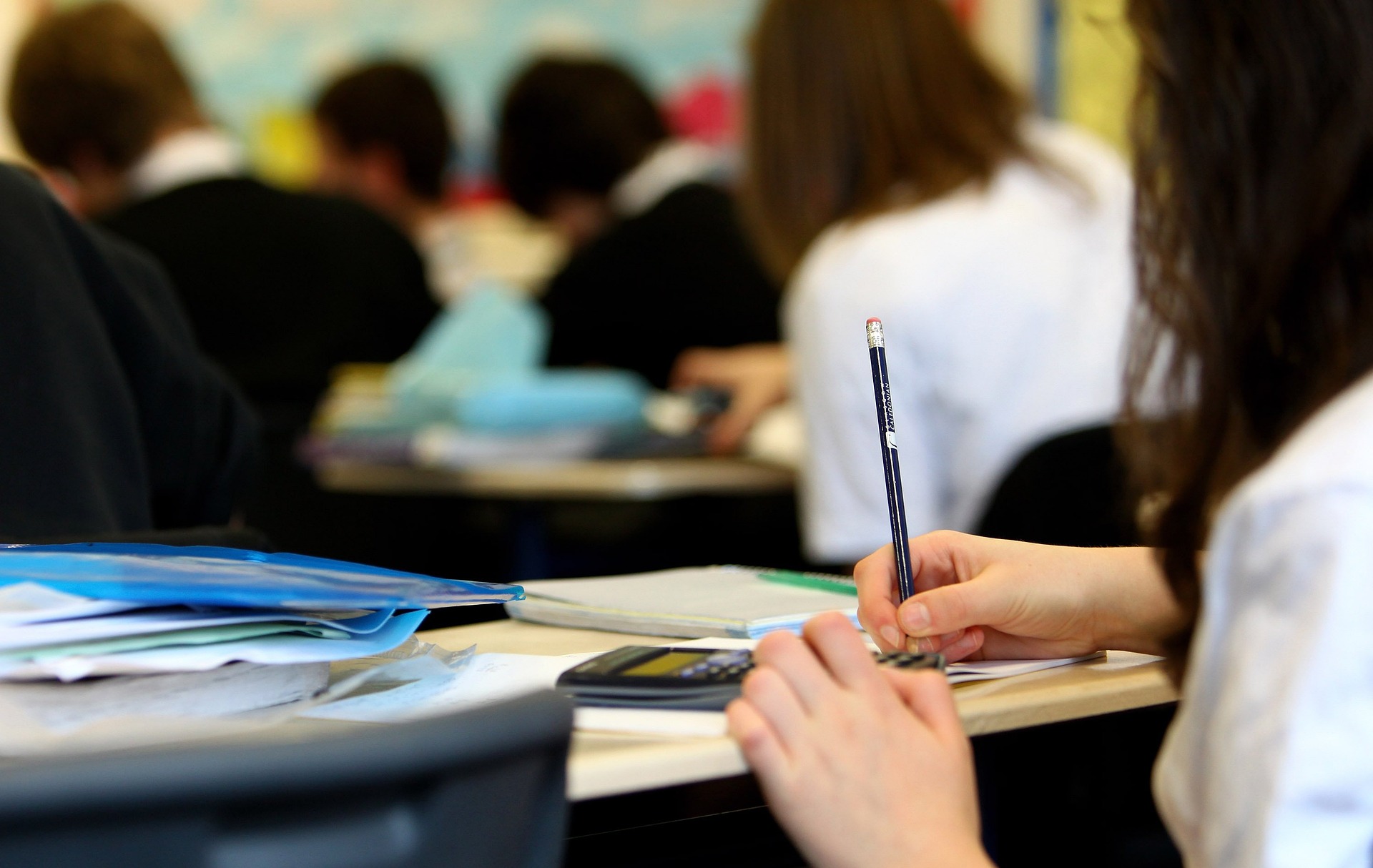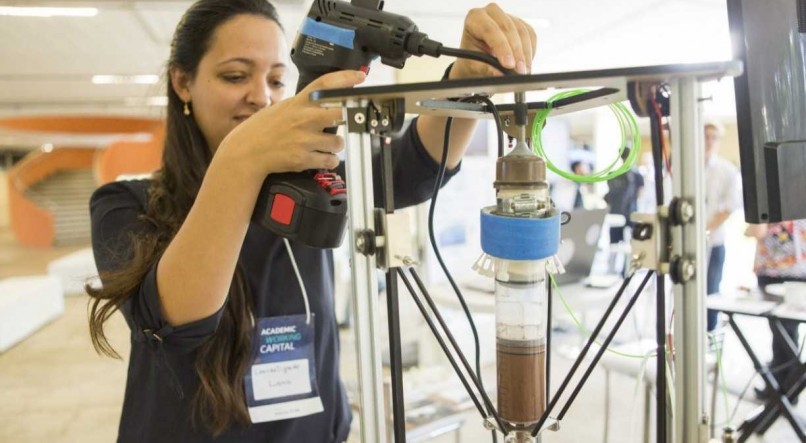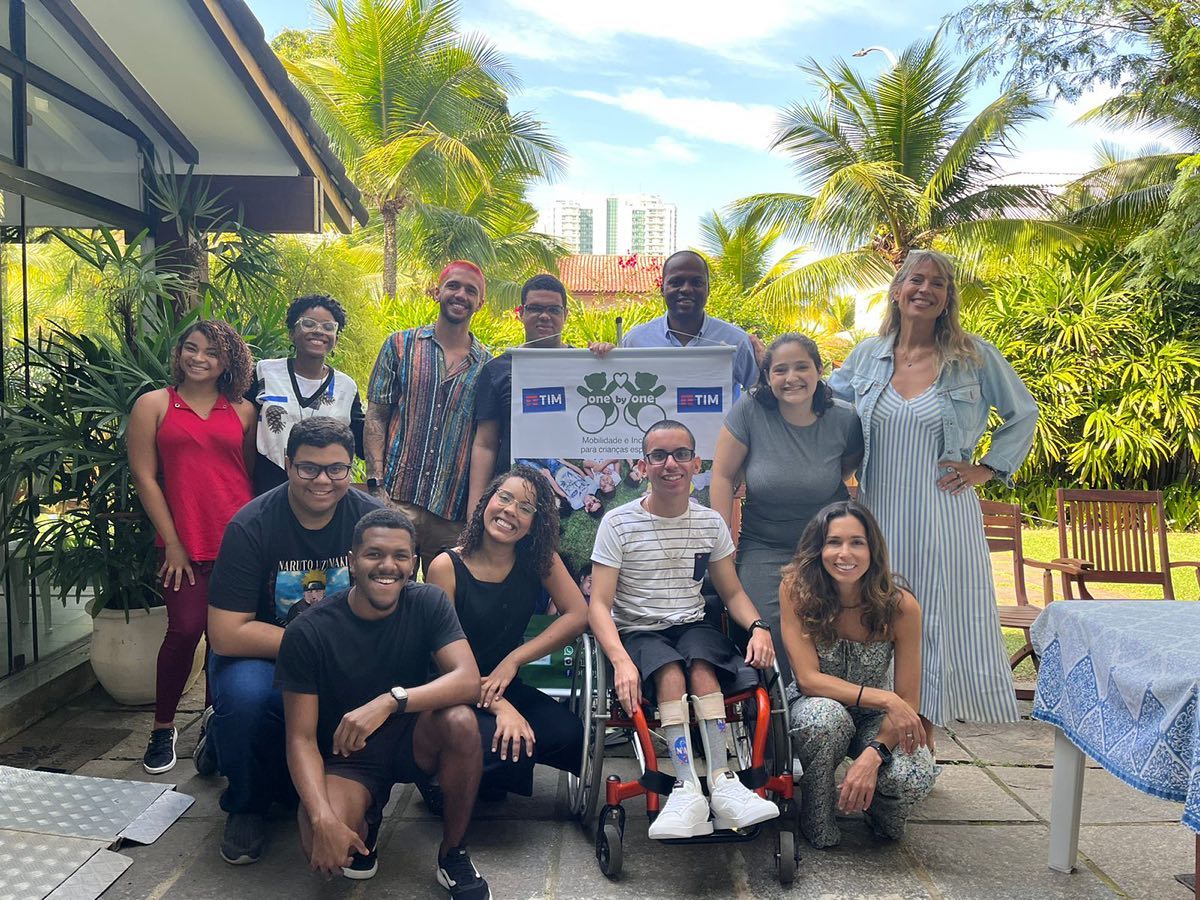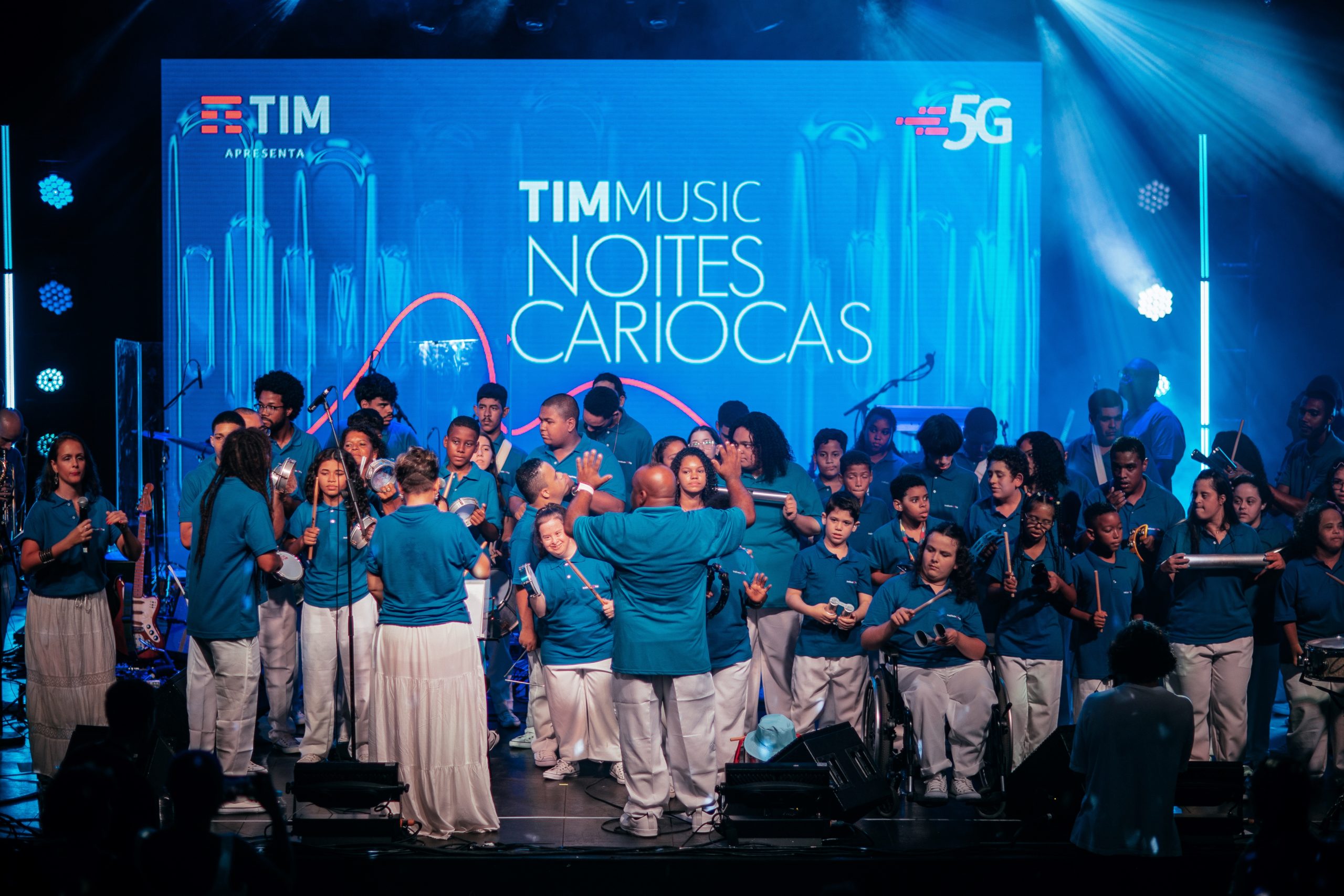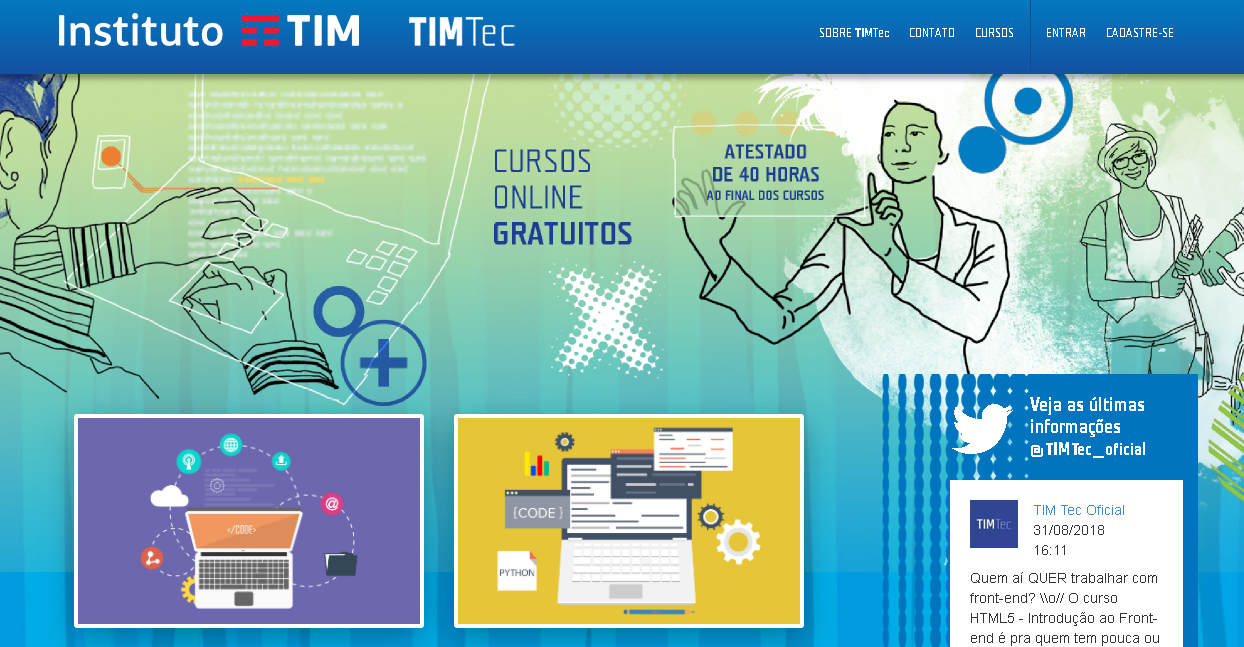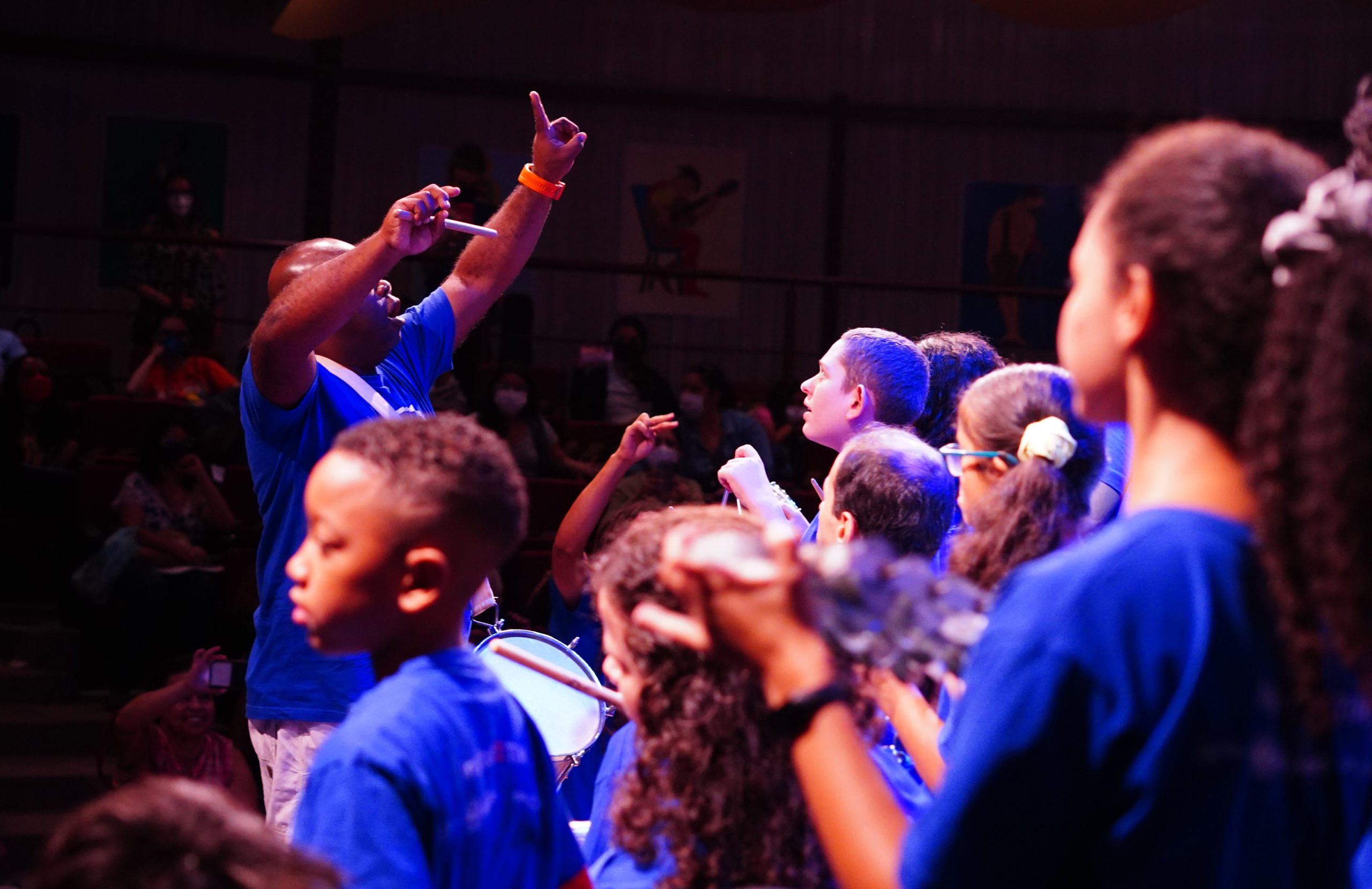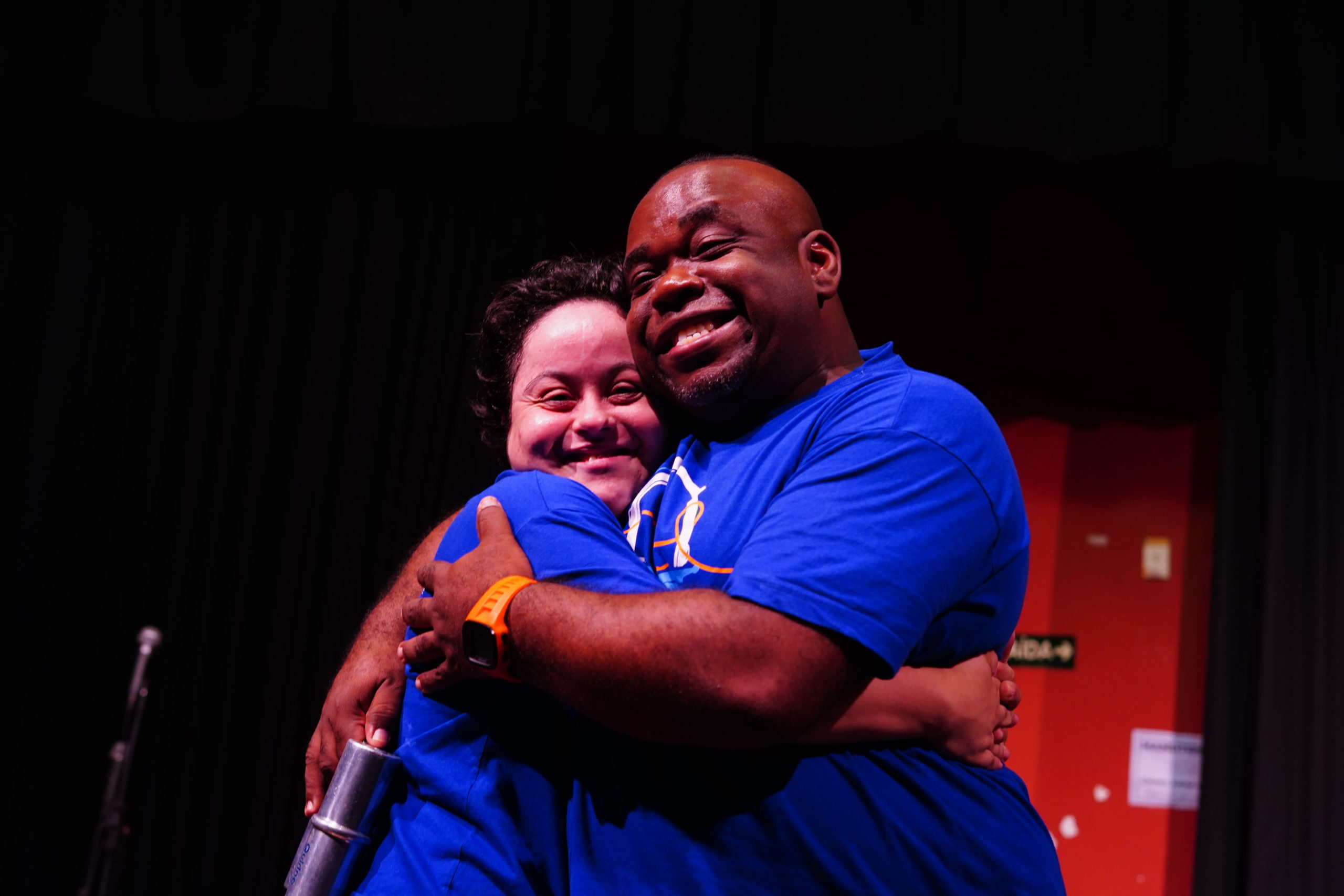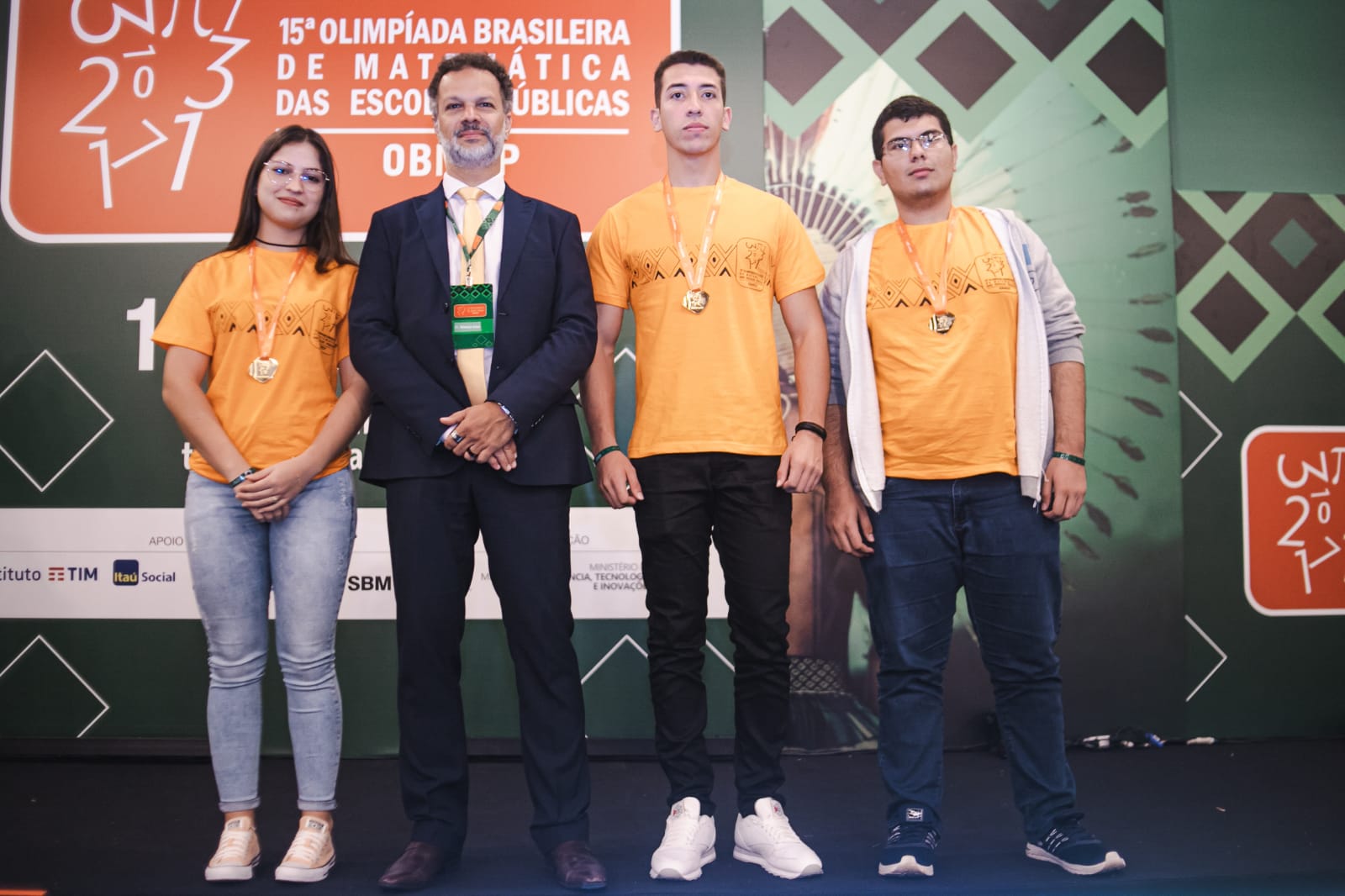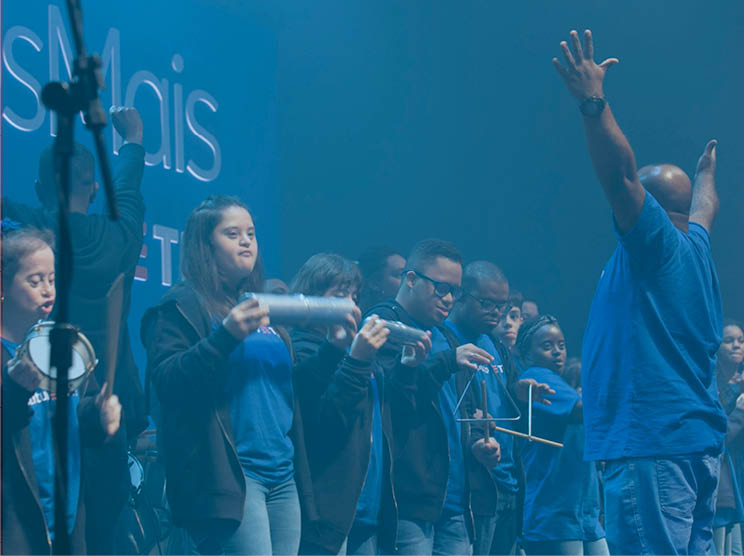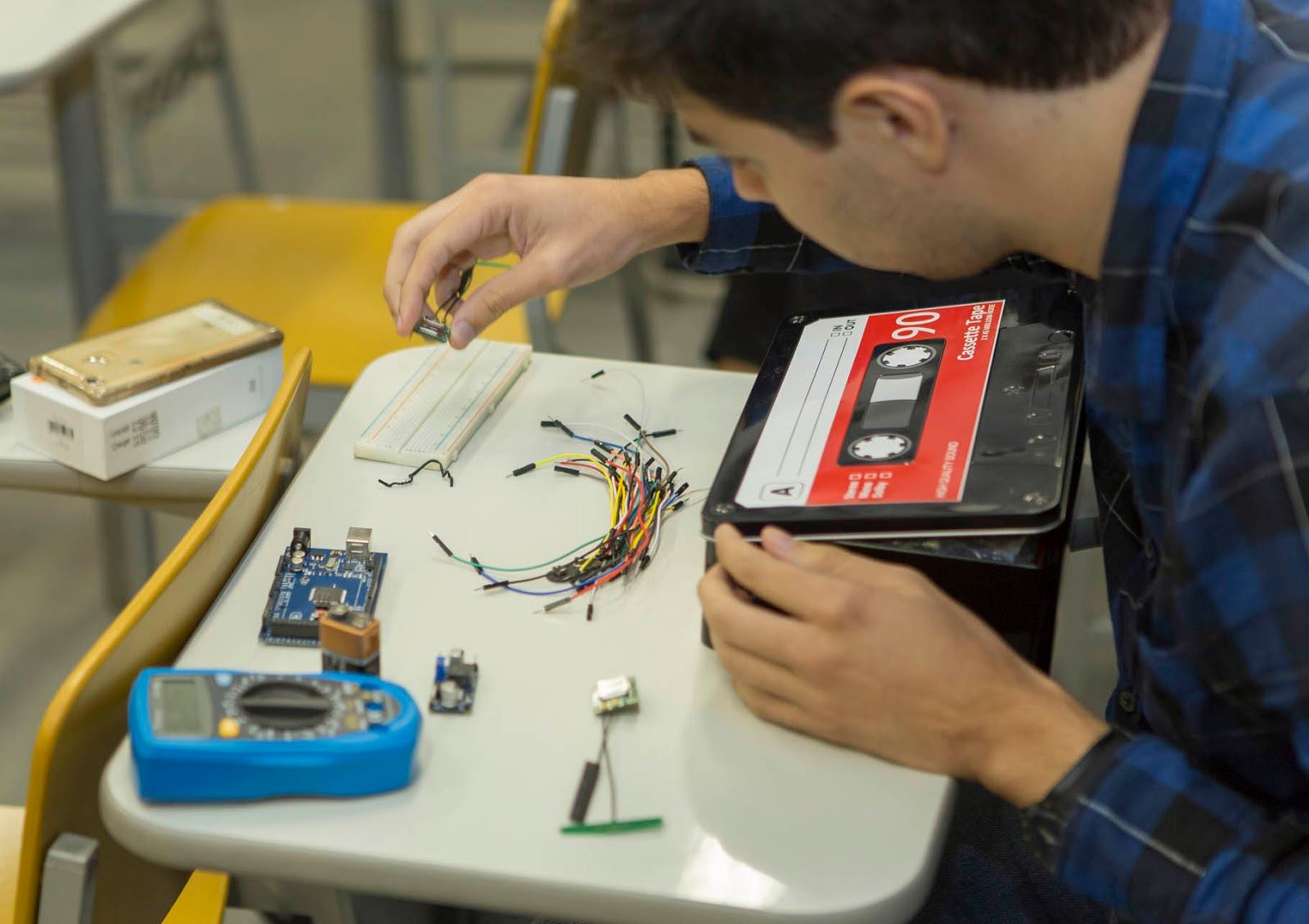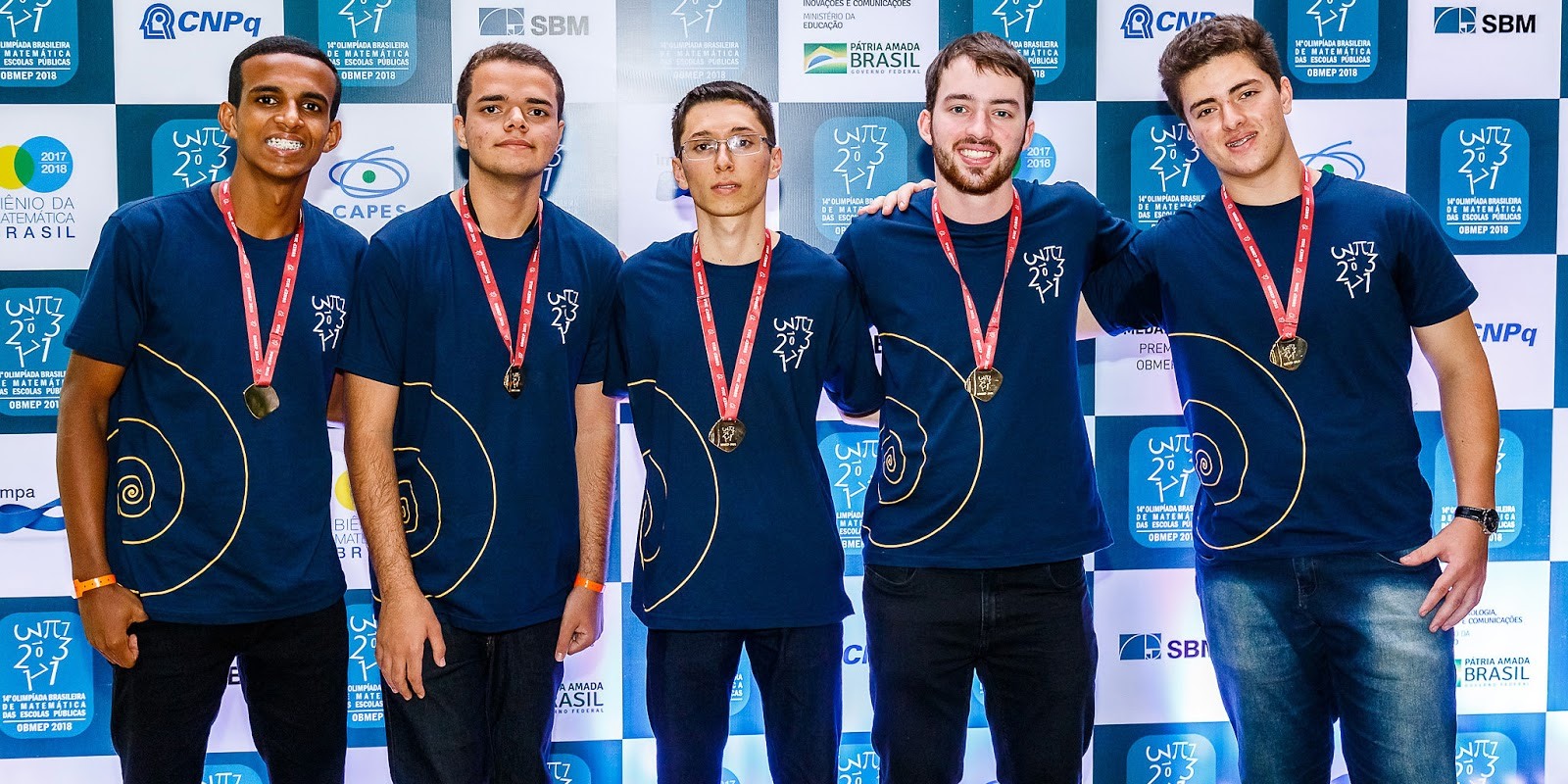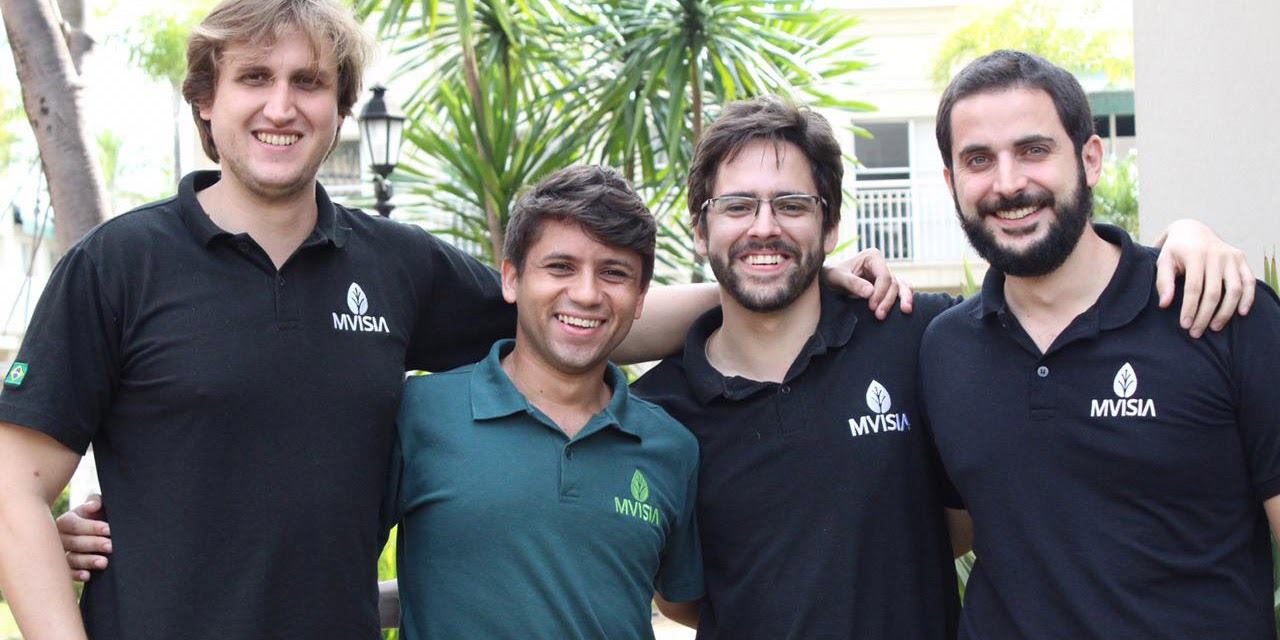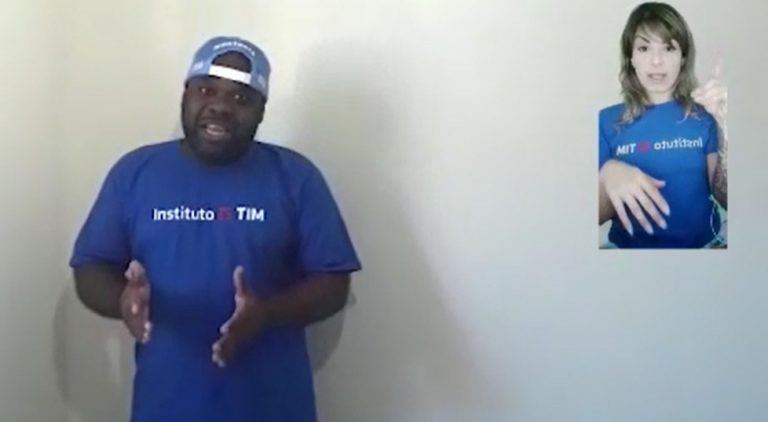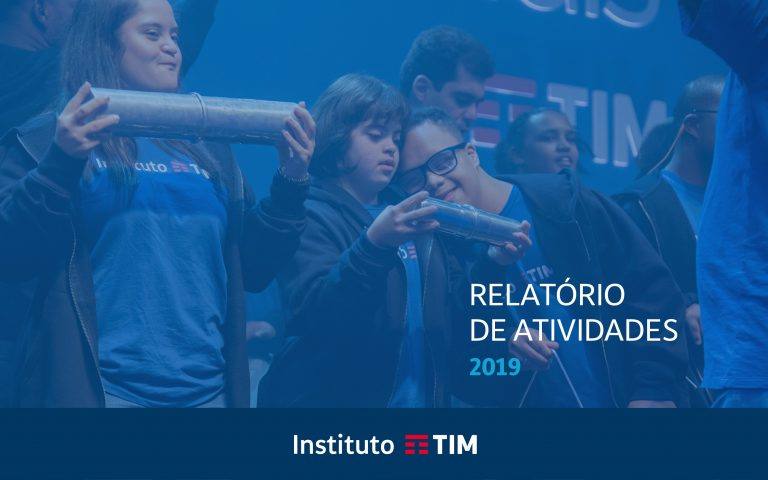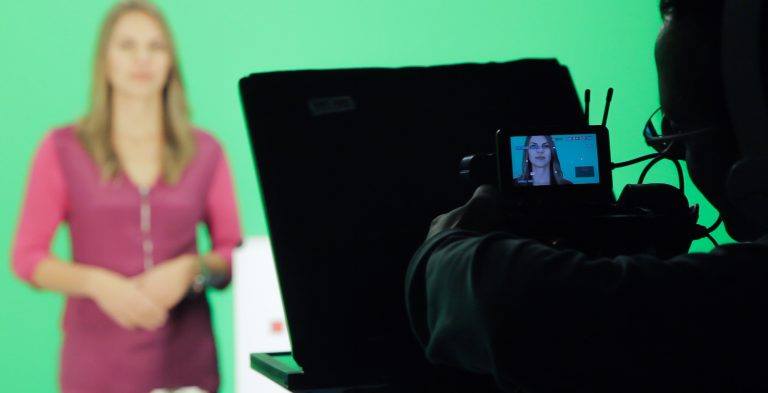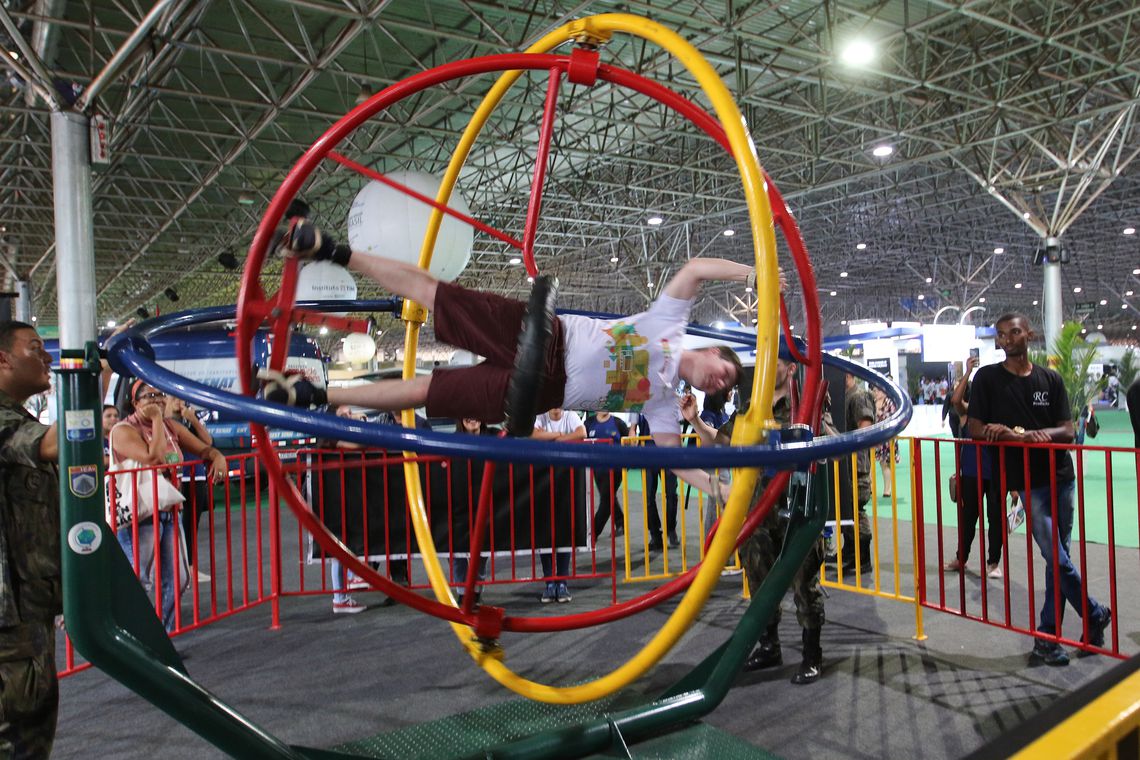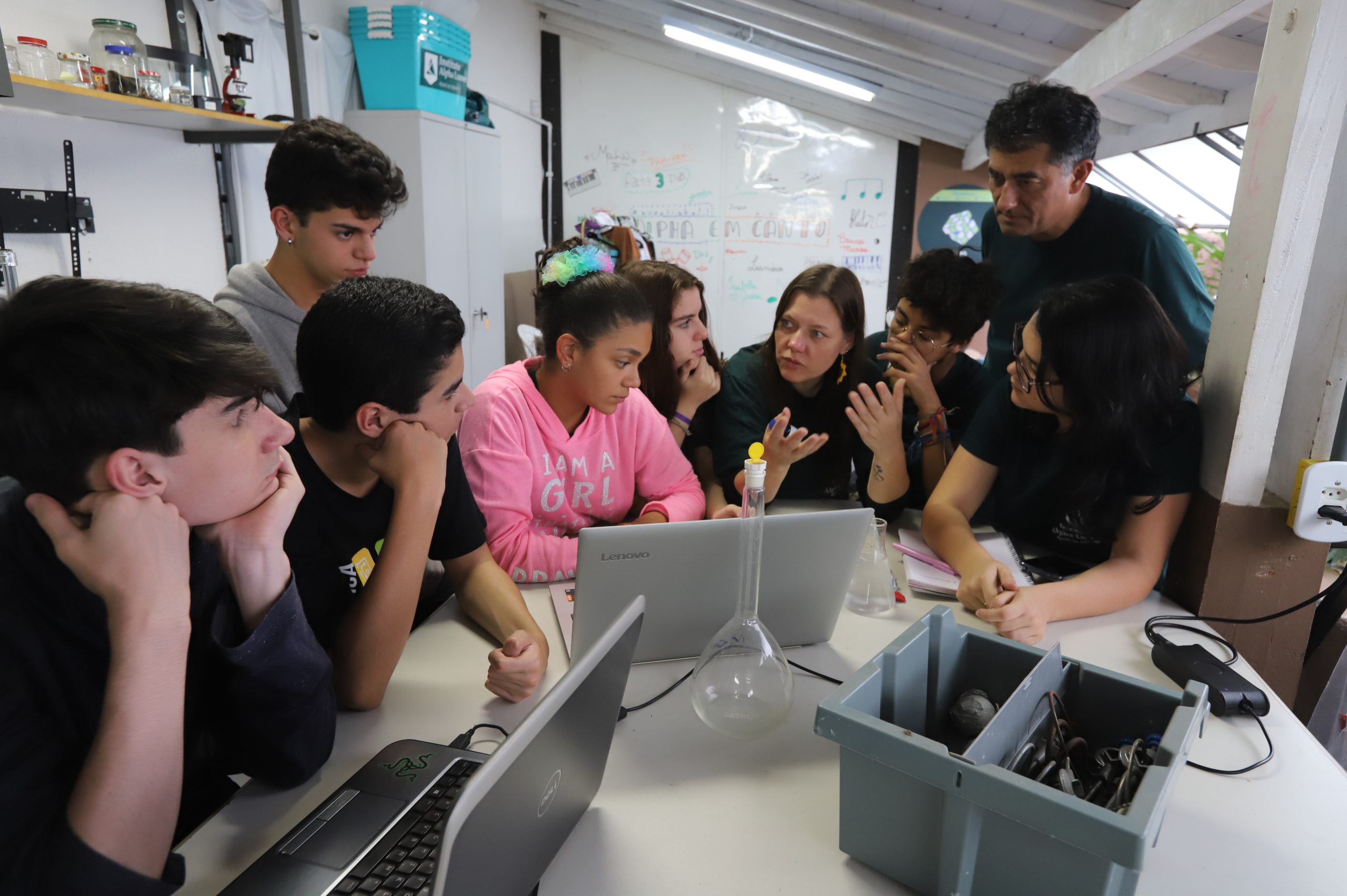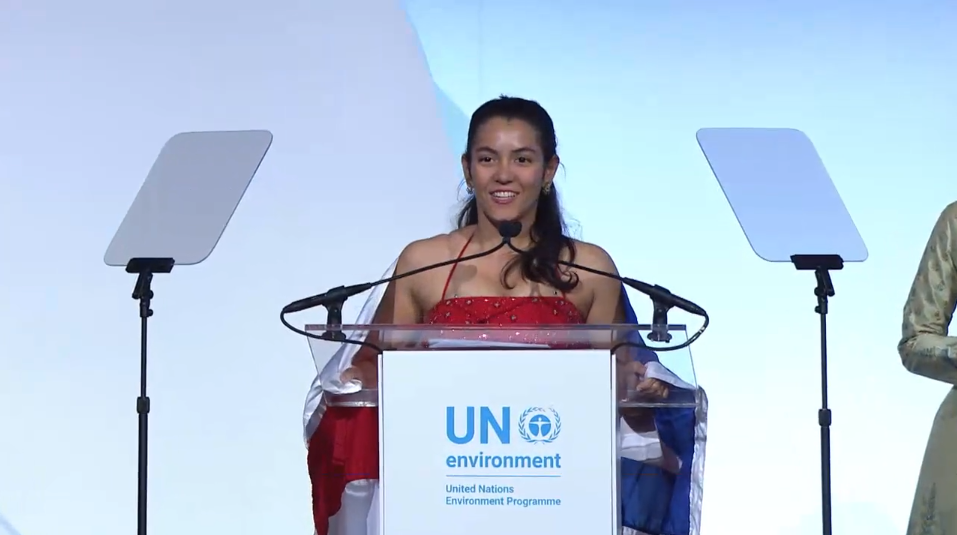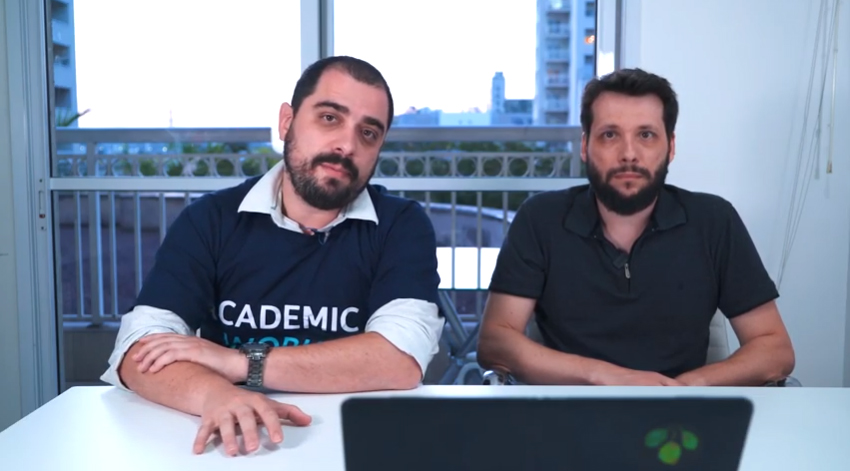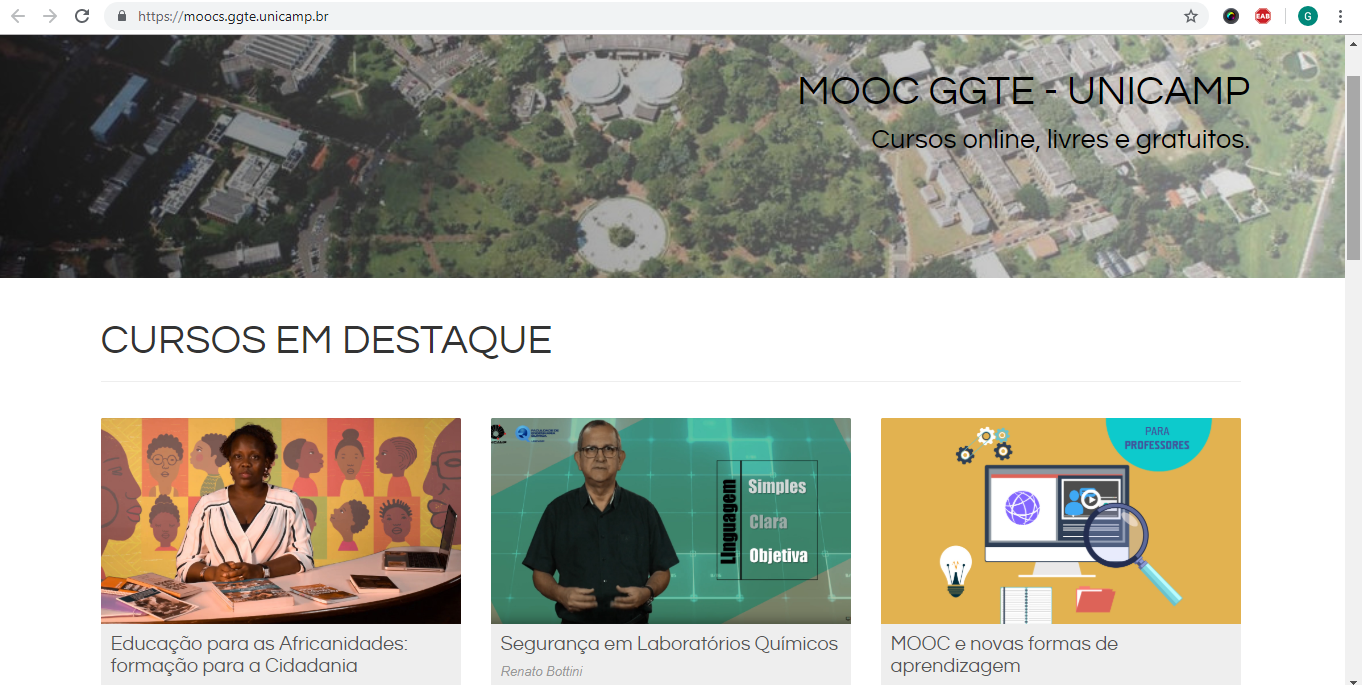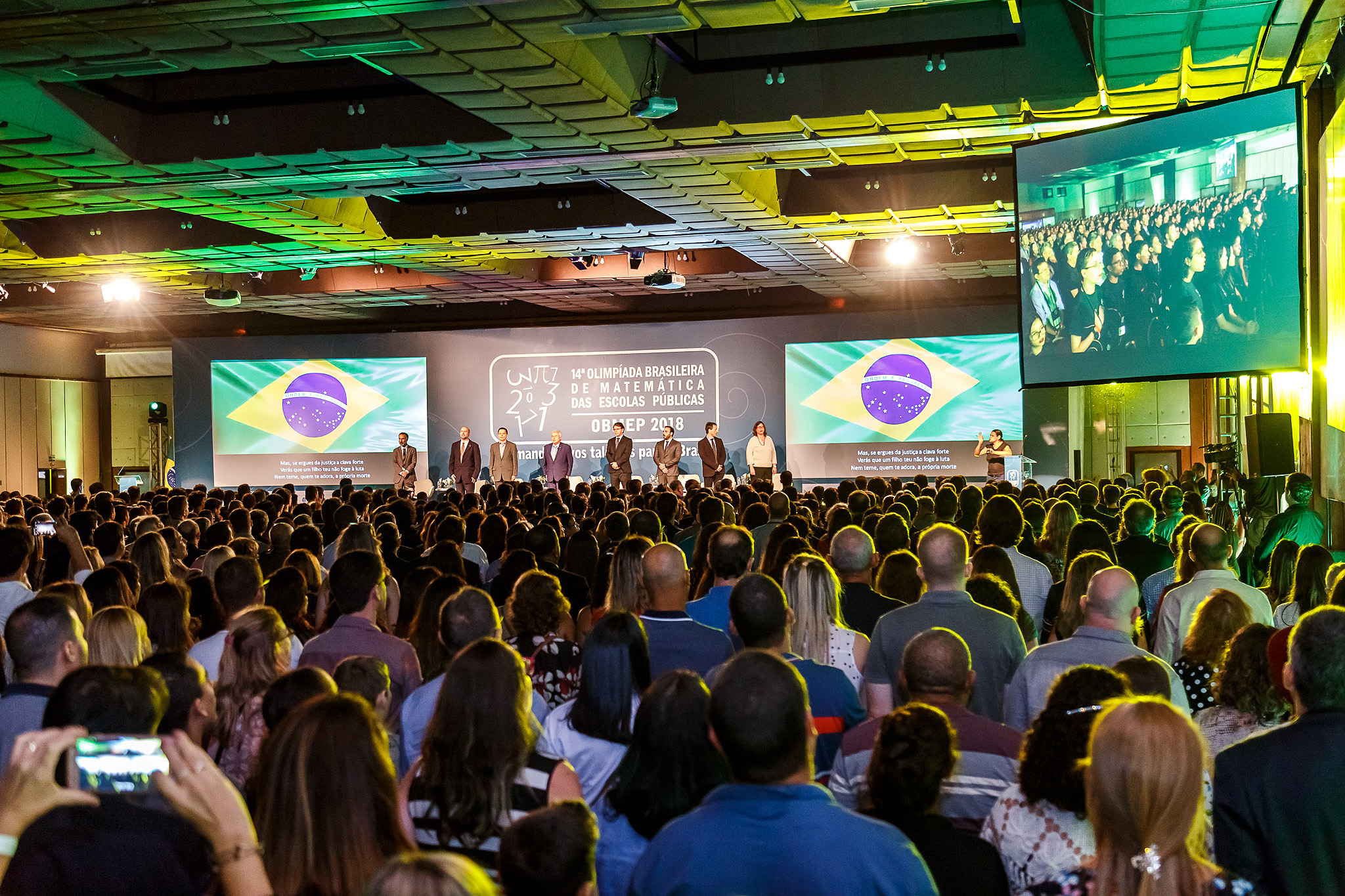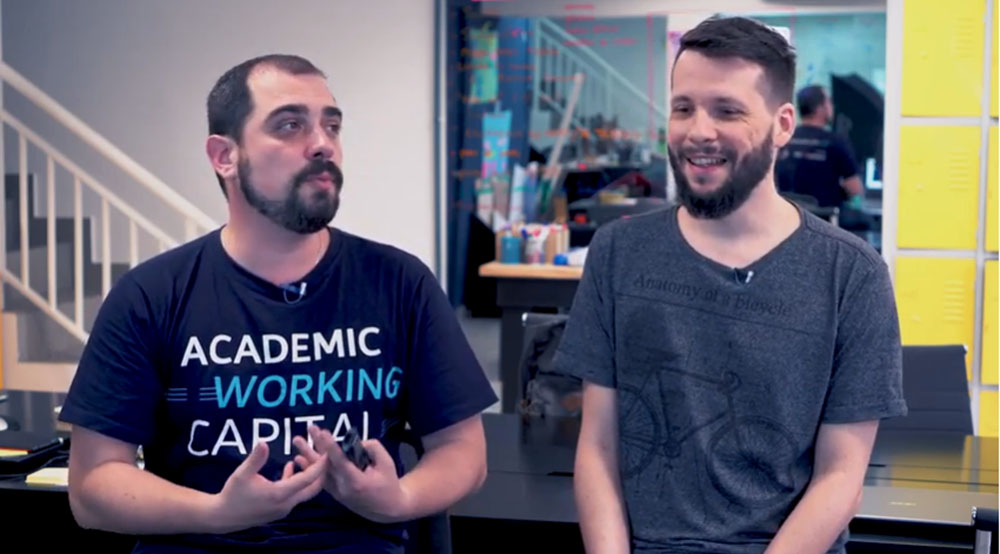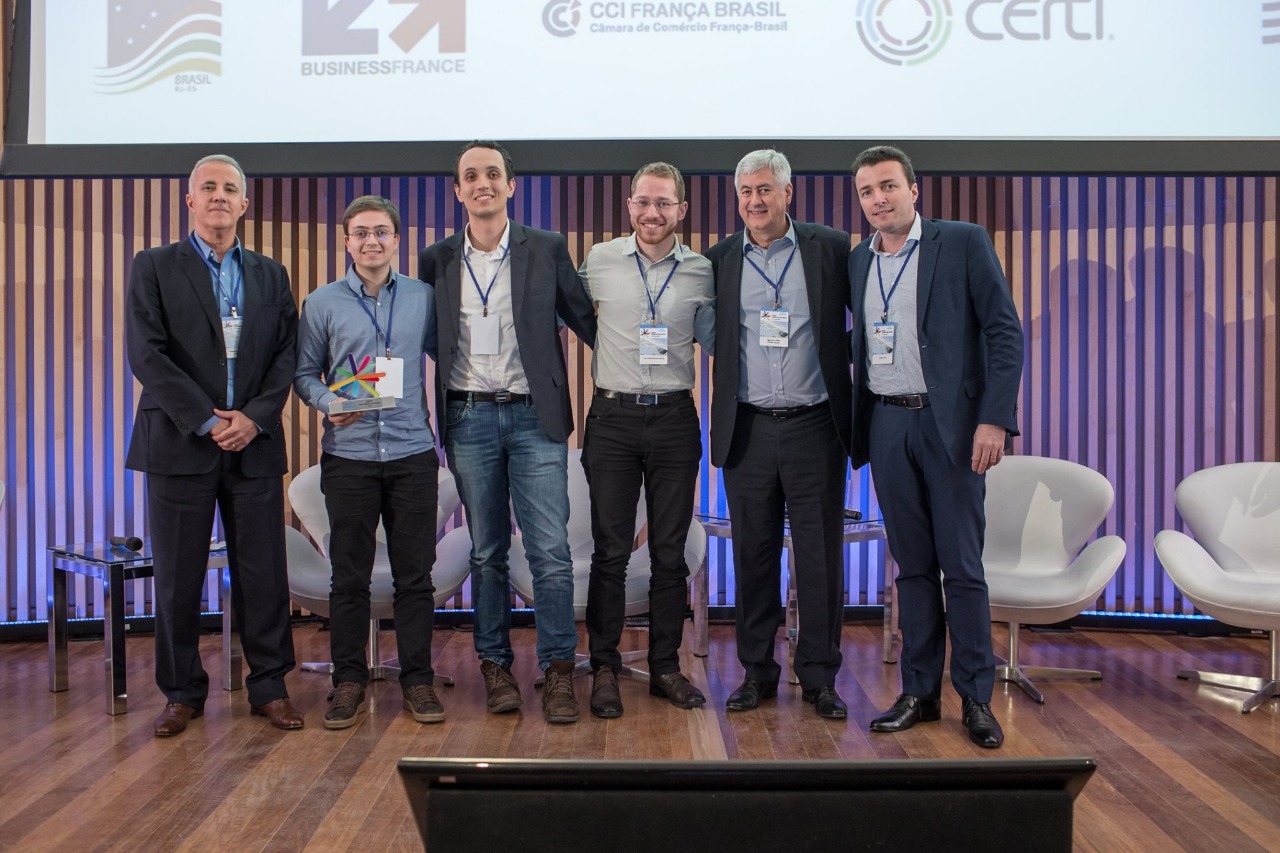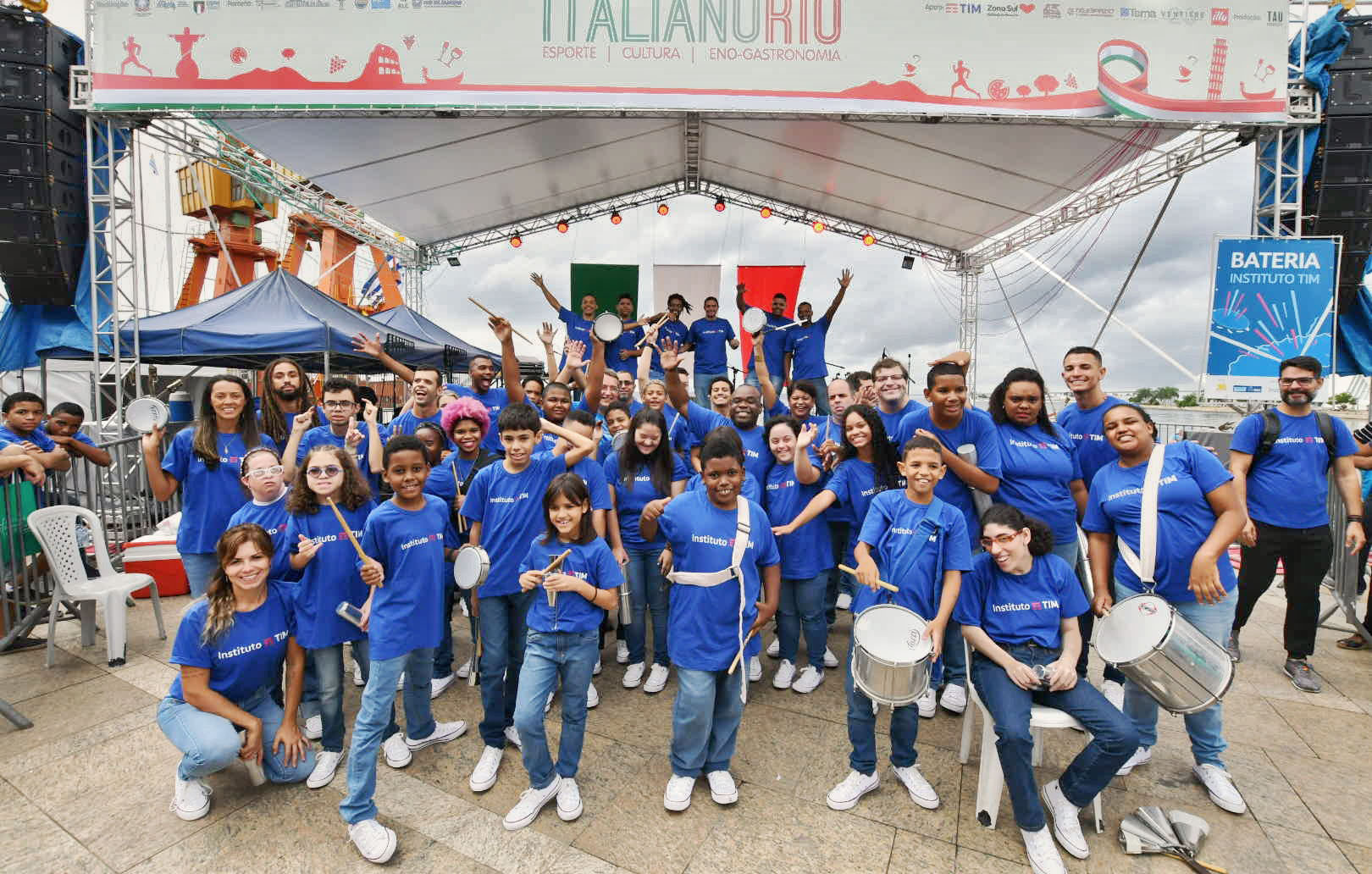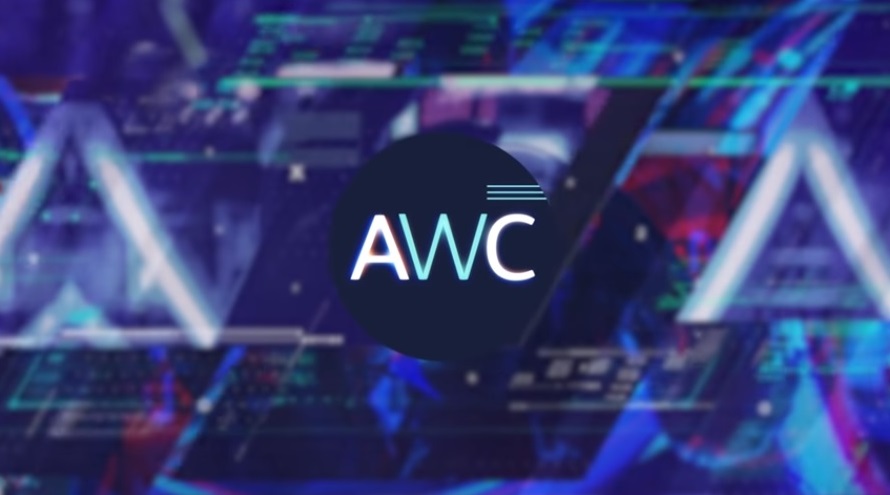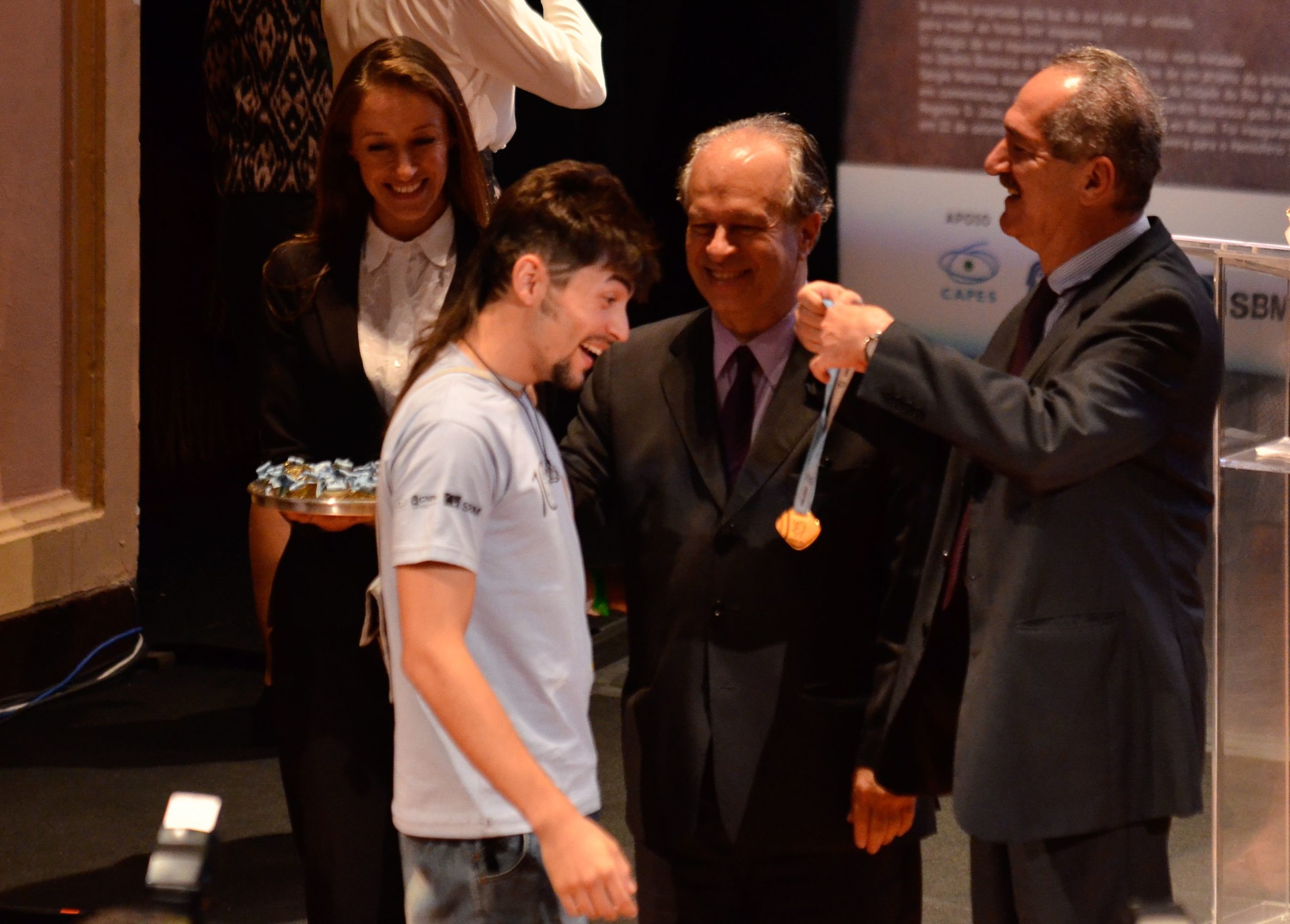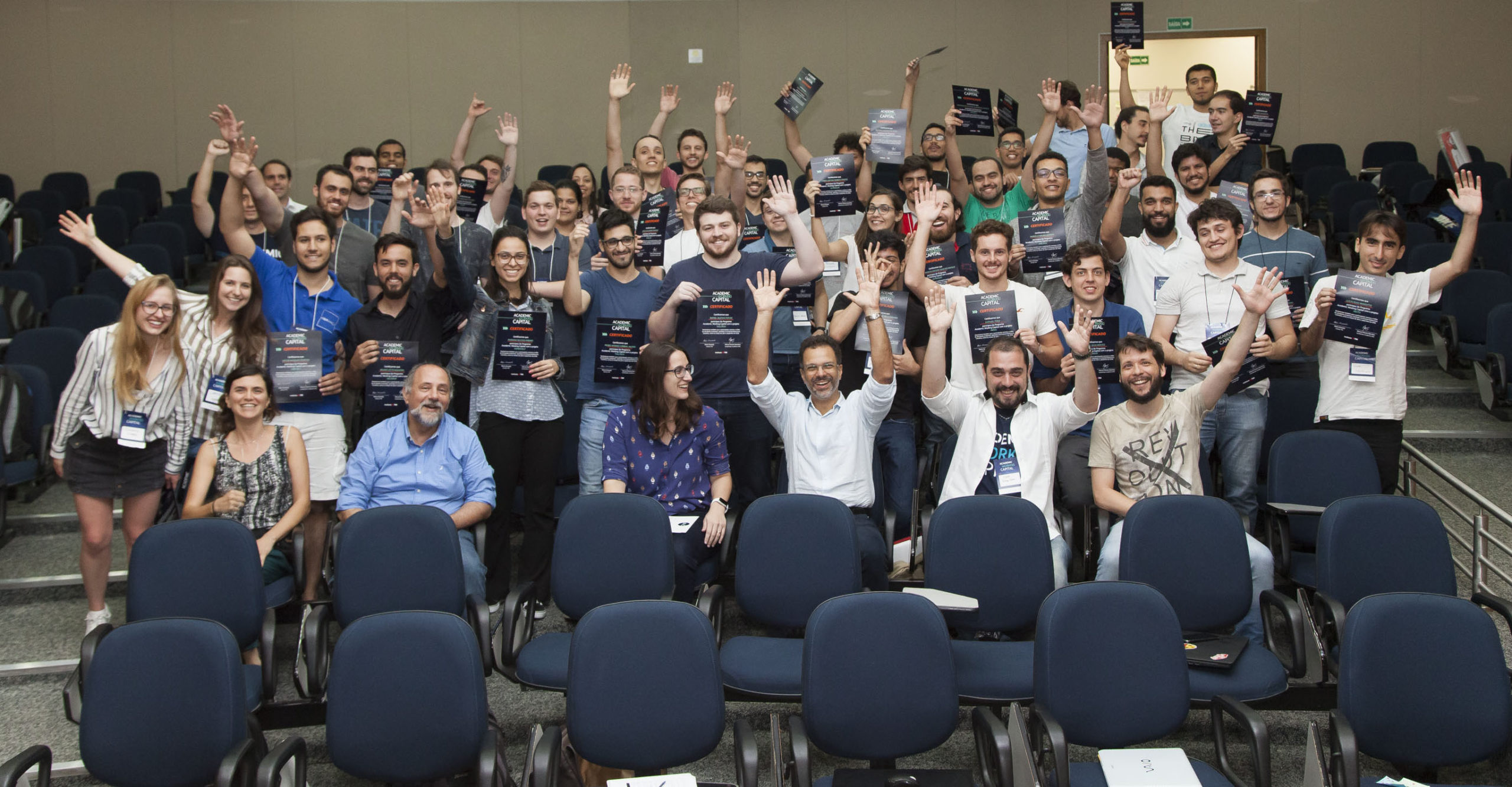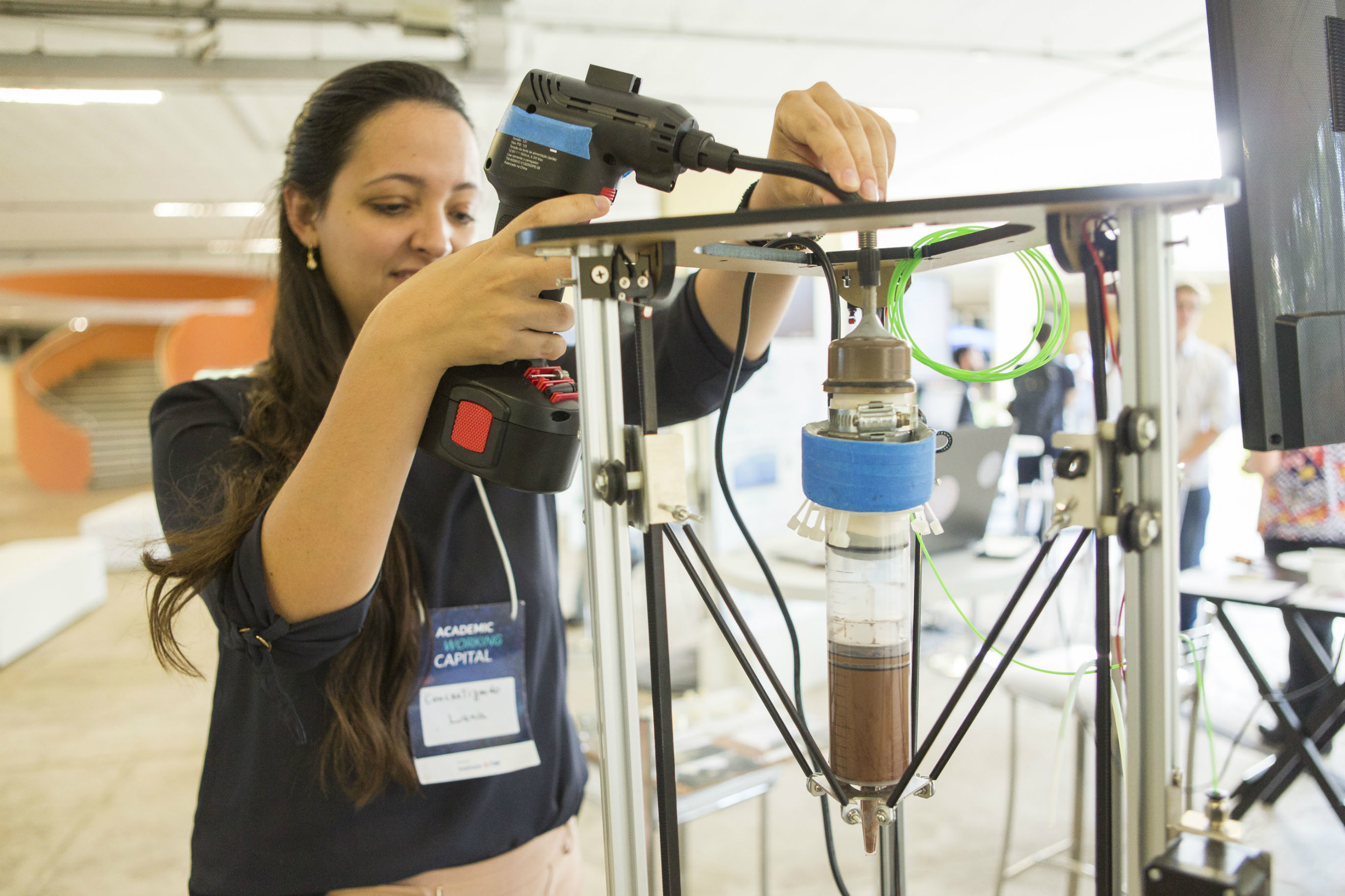
The public notice to support science and technology museums and centers, launched on October 2015 by Instituto TIM in partnership with the National Council for Scientific and Technological Development (CNPq), benefited 50 scientific dissemination projects for children between 4 and 10 years old. Institutions across the country are now in the planning and development phase of the projects – 90% of them are related to the International Year of Light, held in 2015 and chosen as the theme of the public notice. Following, you’ll get to know two of these projects: one of Roraima and the other one of Santa Catarina.
One of the three proposals of the State University of Roraima (UERR) contemplated by the public notice has the theme “Lighting the path of life on Earth.” The idea is to promote two interactive exhibitions that show the importance of light for the evolution of life on Earth. The expansion of biodiversity over the time and its relation with light will be shown, highlighting the biodiversity of the Amazon region. The project is being organized by multidisciplinary teams of UERR, the Federal University of Roraima and the Institute for Support of Science, Technology and Innovation of Roraima.
The fixed exhibition will be held in Boa Vista and will have an initial duration of three months, with the possibility of being expanded. It will be divided into five interactive installations with infographics, activities, games and materials that can be manipulated by visitors. The target audience is children between 7 and 10 years old, but people of all ages will be able to visit. The travelling exhibition will take elements from the fixed version to the cities of Rorainópolis, Caracaraí and Alto Alegre. Public schools will be invited to visit the exhibitions, and teachers will receive a book with content and infographics on the subject.
“The exhibition will be like a conductor wire among the different sciences. And the teacher, when leading their students and taking part on it, shall realize the connection among these knowledges”, says the professor and researcher at UERR Juliane Marques de Souza, leader of the project. This year will be dedicated to organize the exhibitions and construct the installations, so that both are launched in 2017. “It is very rare to have exhibitions involving science and technology in Roraima,” says Juliane. “We have to invest in the need of the society to communicate with science and science to communicate with the society, so this public notice was a great opportunity for that,” she adds.

In Curitibanos (SC), students from 4th to 6th grades of two schools will do activities on the campus of the Federal University of Santa Catarina (UFSC) related to remote sensing. It is a technique to obtain images of the Earth’s surface by detecting and measuring the interactions between electromagnetic radiation and the Earth’s surface objects. According to professor of UFSC and project coordinator, Alexandre ten Caten, this is an area that allows a great interdisciplinarity with subjects explored in the classroom. “It seems a complicated topic, but it is not, because we have a very positive aspect of children, which is the curiosity,” he says. “Remote sensing can be translated for them as we talk about satellites, planet Earth, forests and other topics.”
In addition to learning what is remote sensing, its use in the day-to-day and early concepts of light and electromagnetic energy, the students will do practical activities in which they shall be able to work with maps and software on the campus Geomatics Laboratory. Several maps of the area showing cities, rivers, soils and forests are also being produced. These maps will be printed and used both in project activities and in the schools, once the teachers will be able to take them.
Alexandre is in contact with teachers from both schools to plan the activities, which should start from July and extend during 2017, involving about 10 groups. This is the third year that the Geomatics Laboratory promotes activities with schools in the region. “The coming of the children to the university makes them feel the university environment since they are little and start to aim the day that themselves might be here as university students,” he adds.
